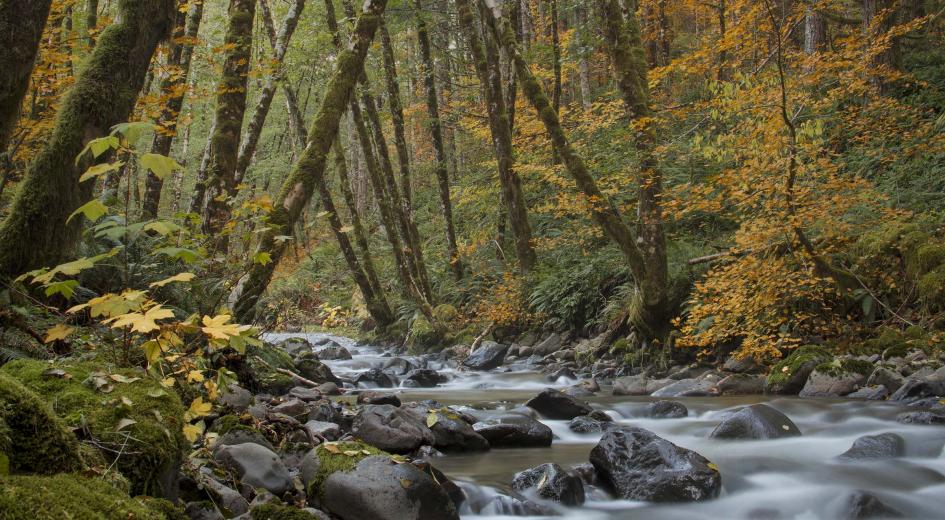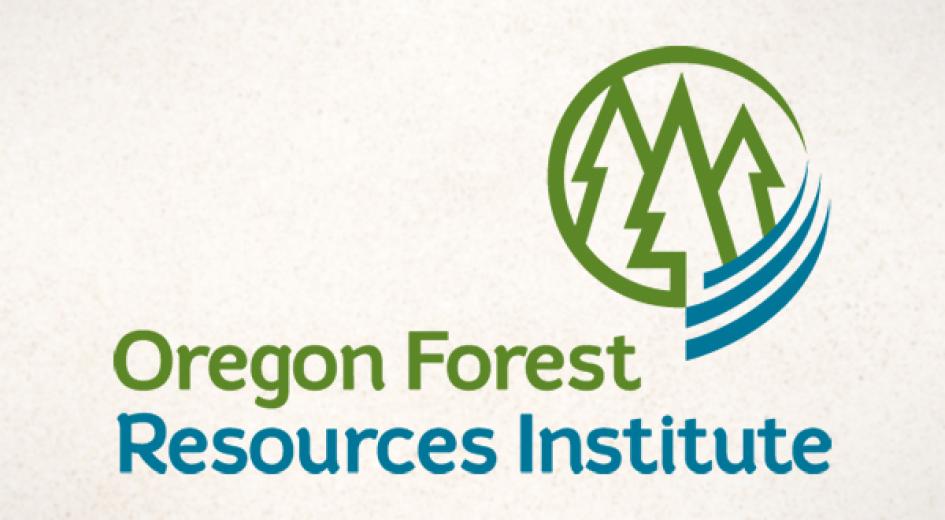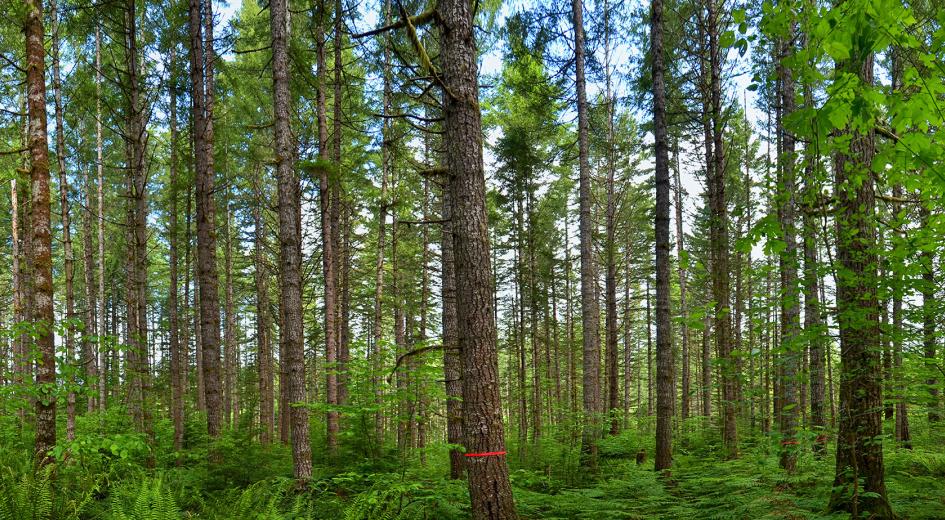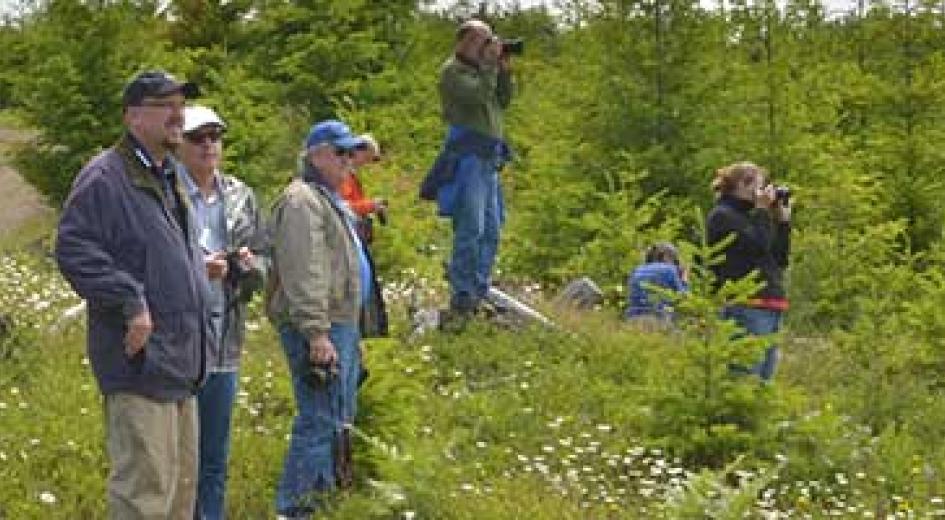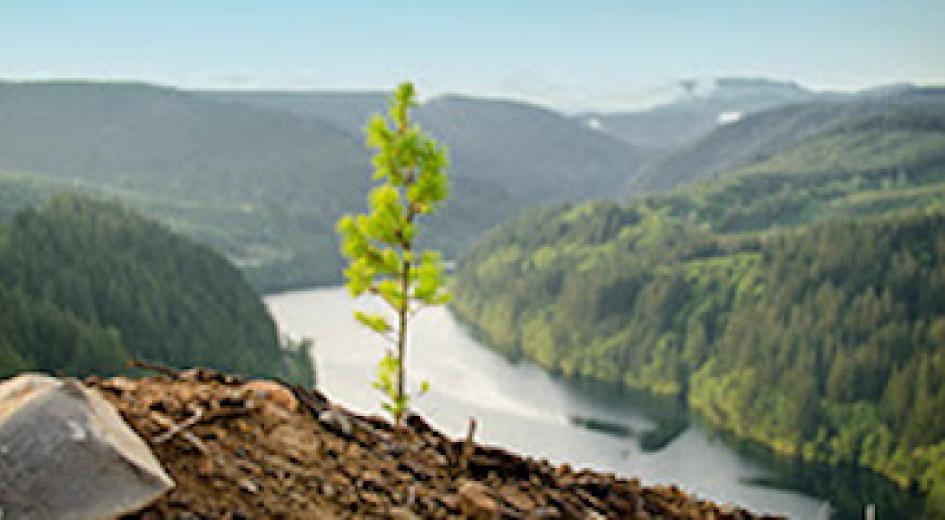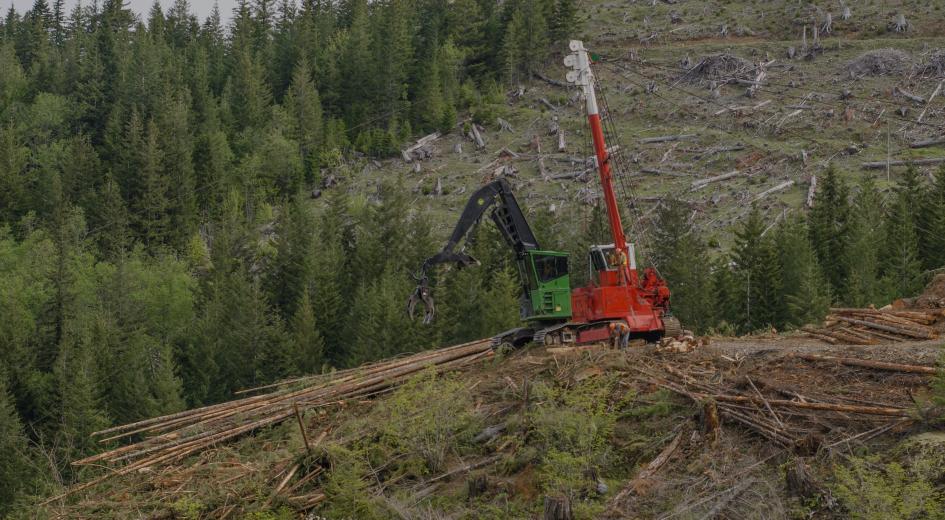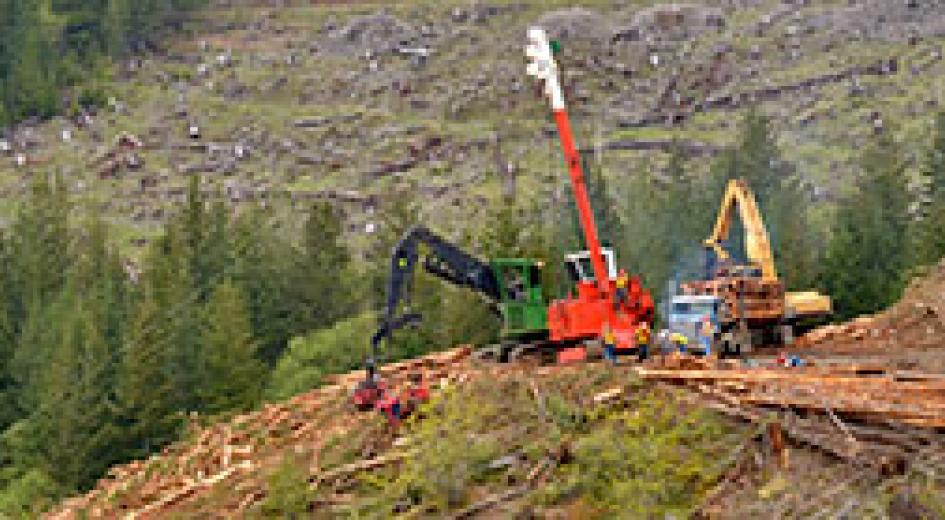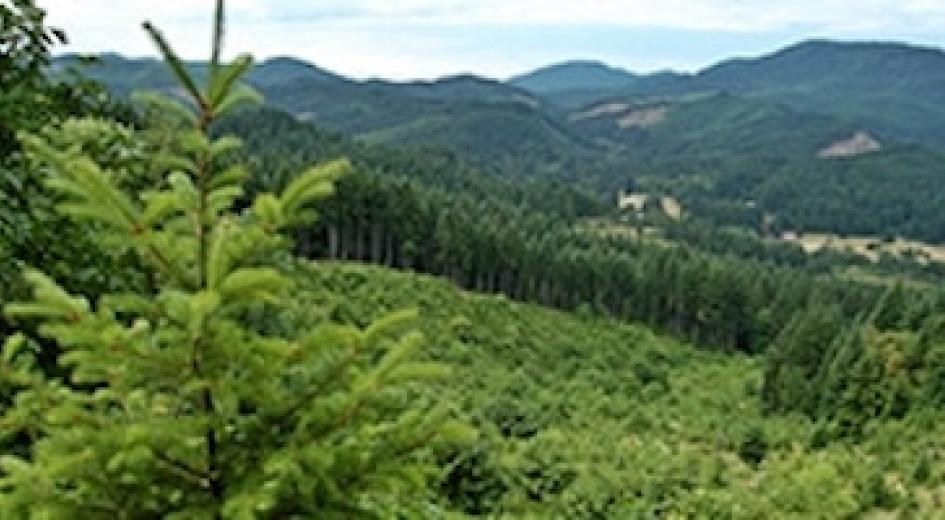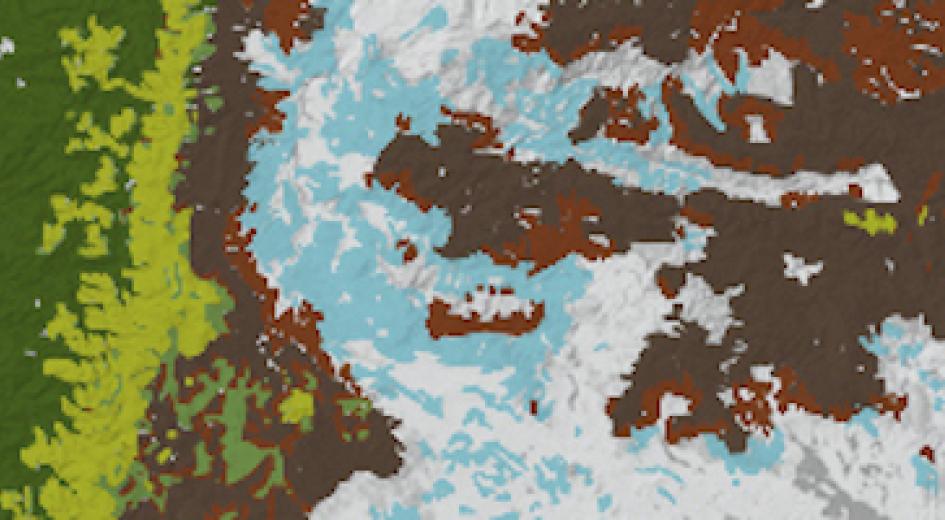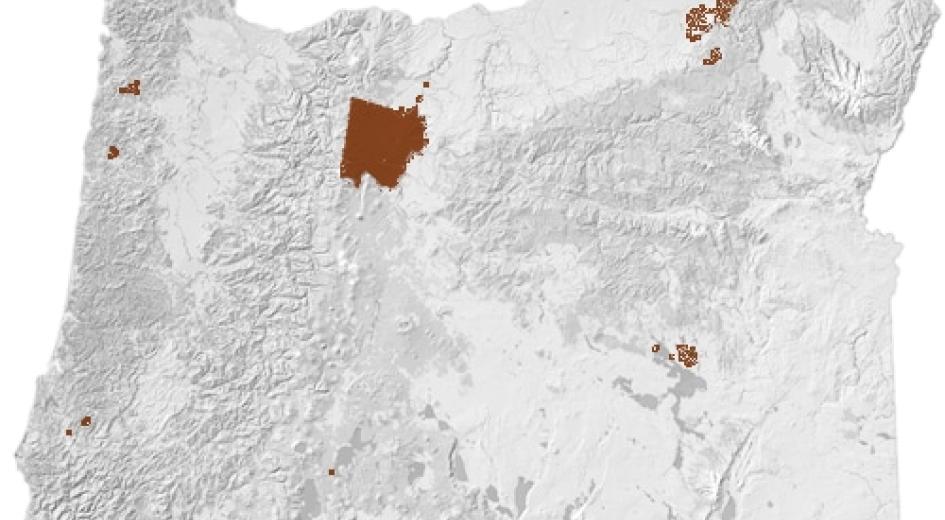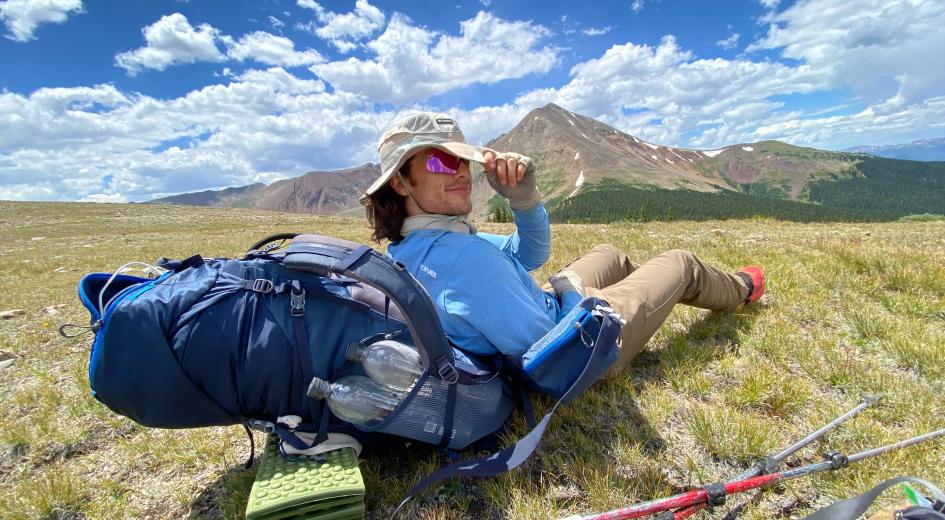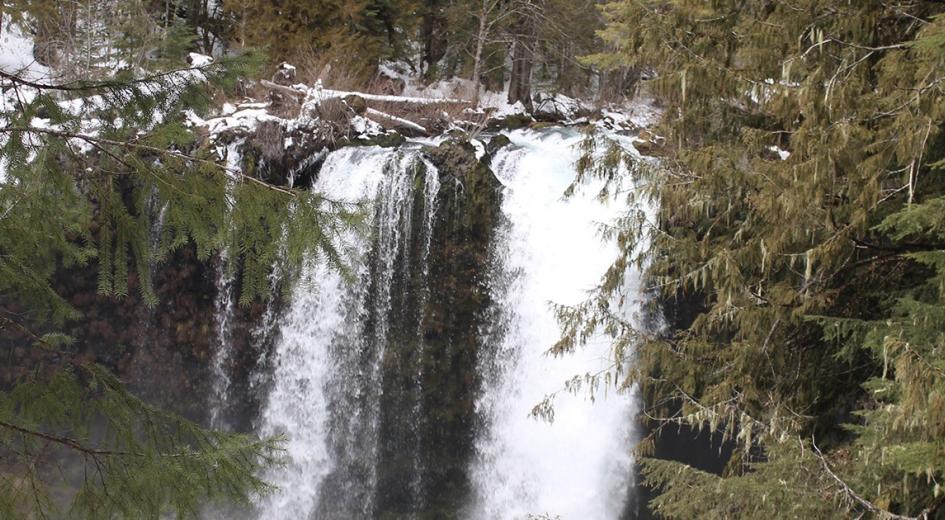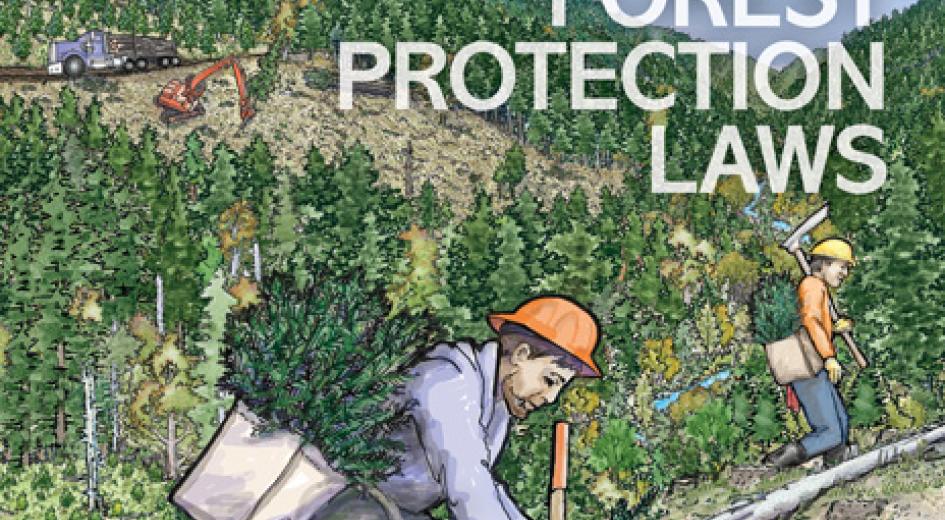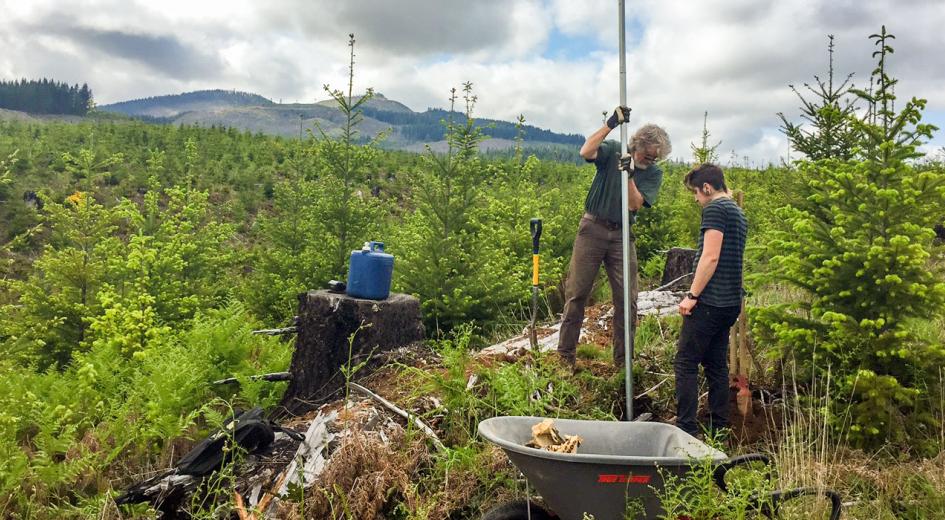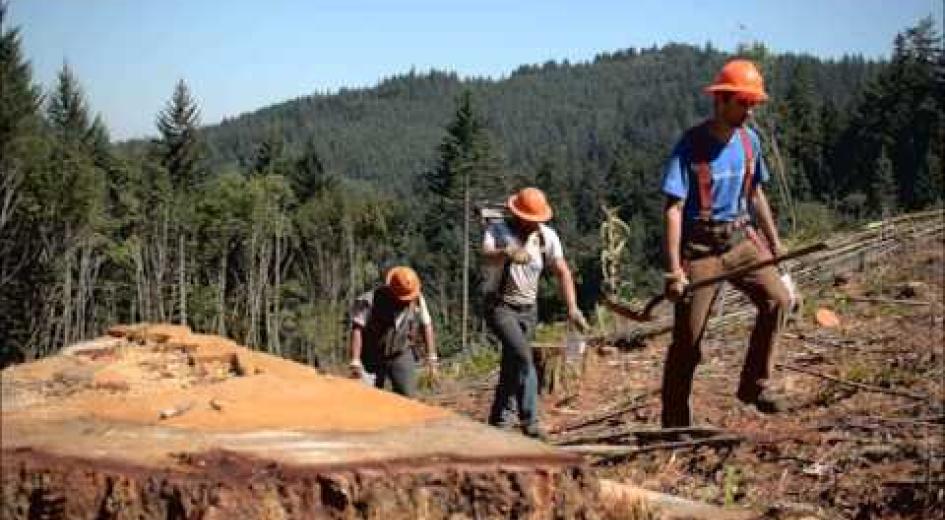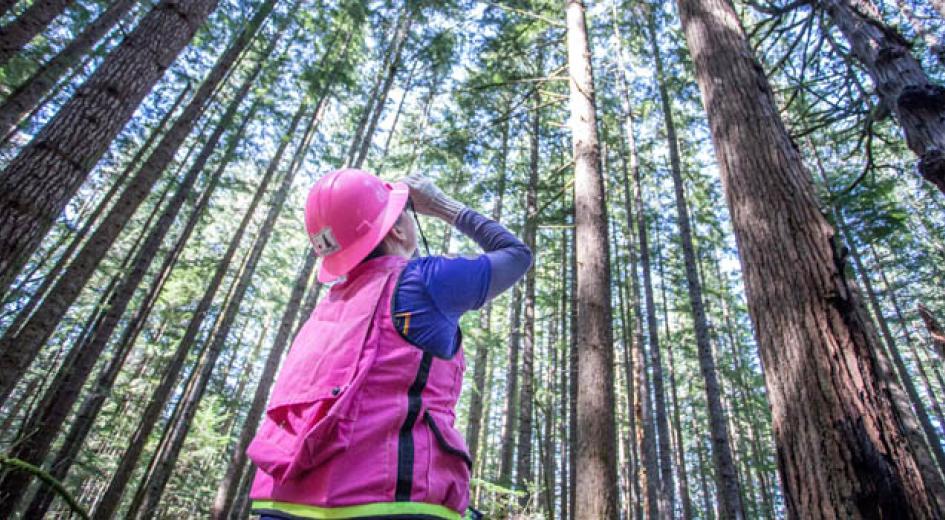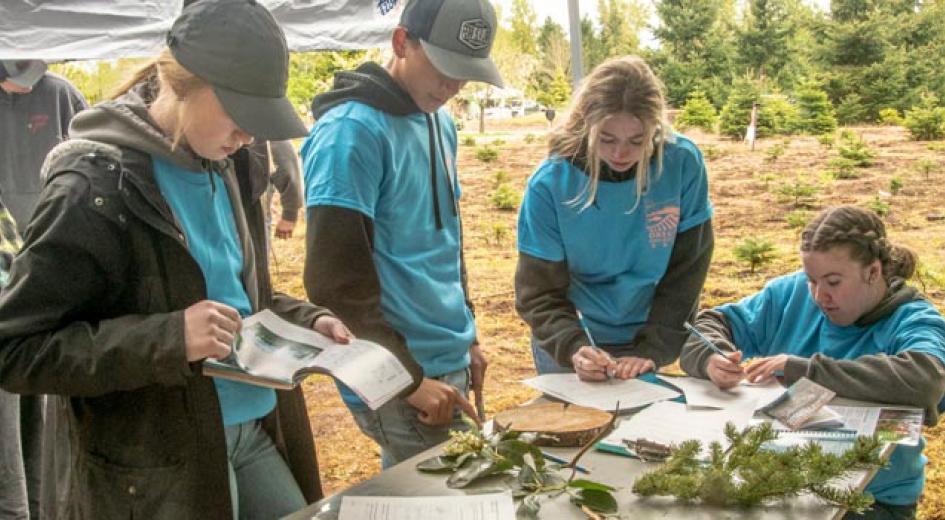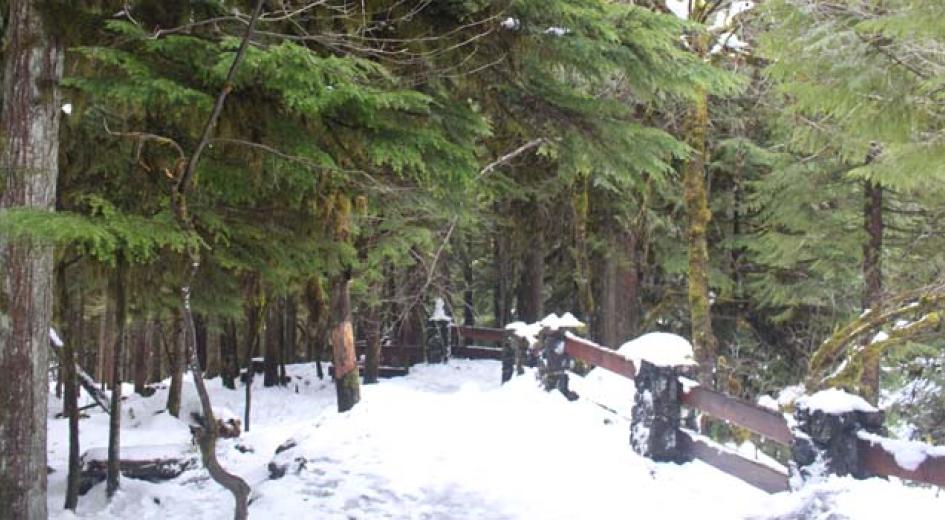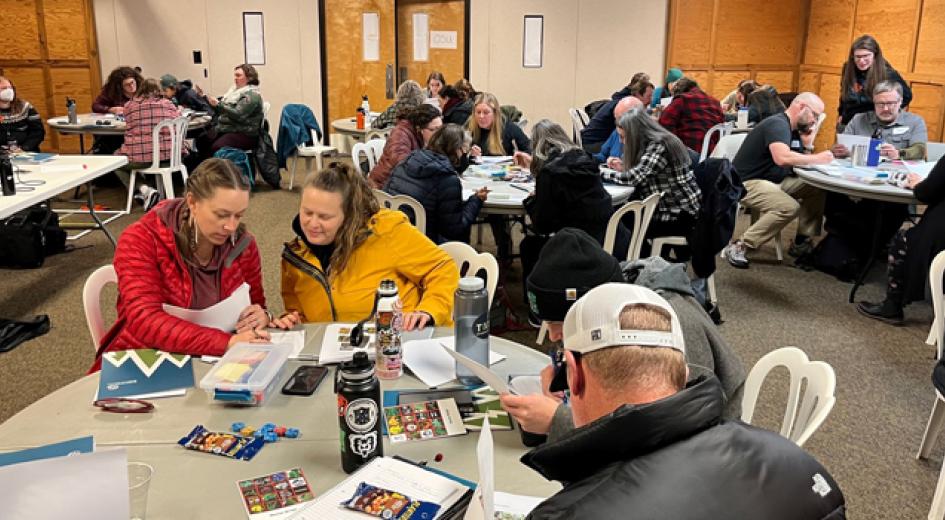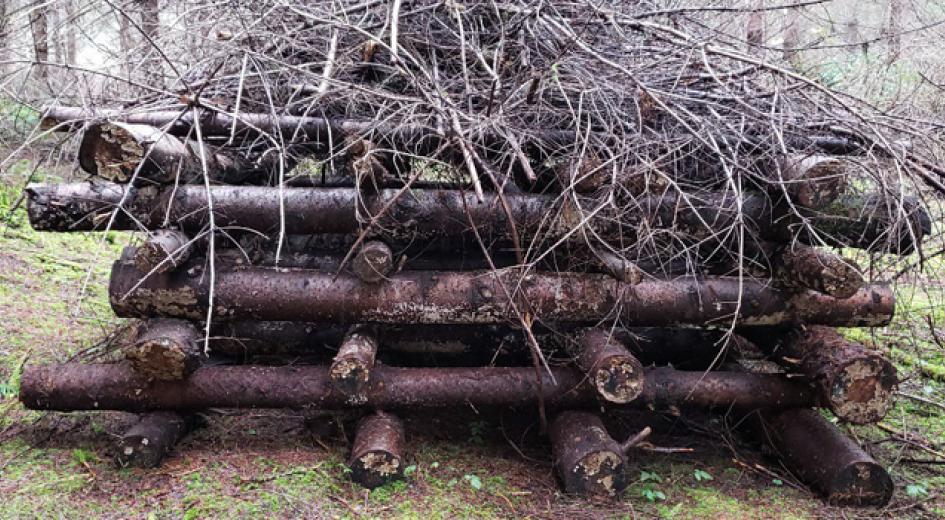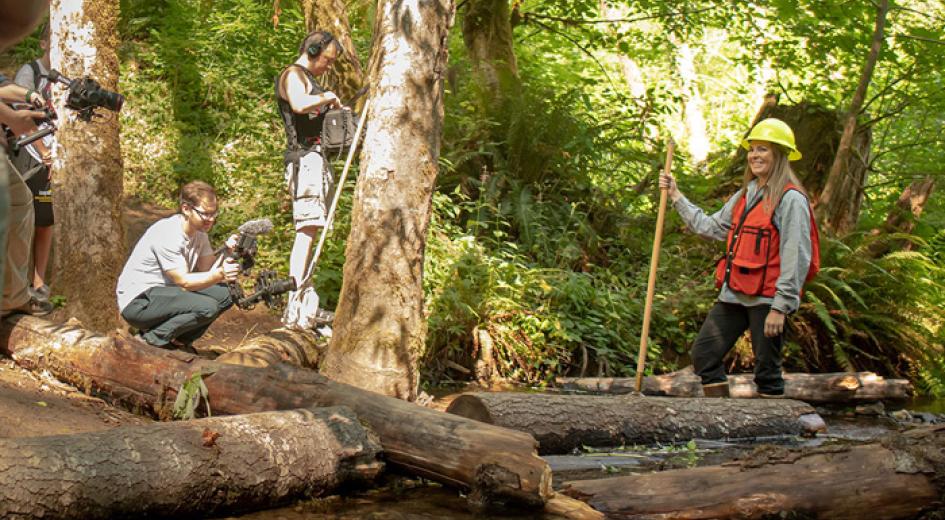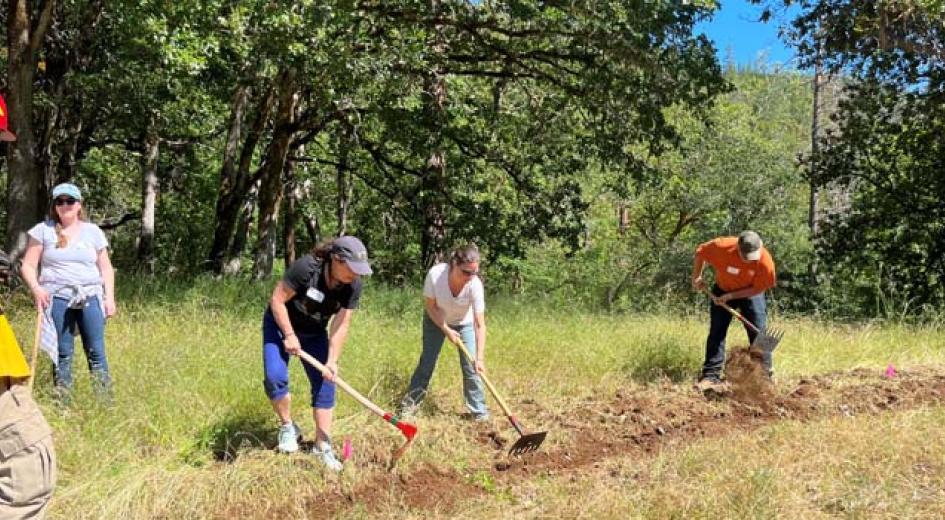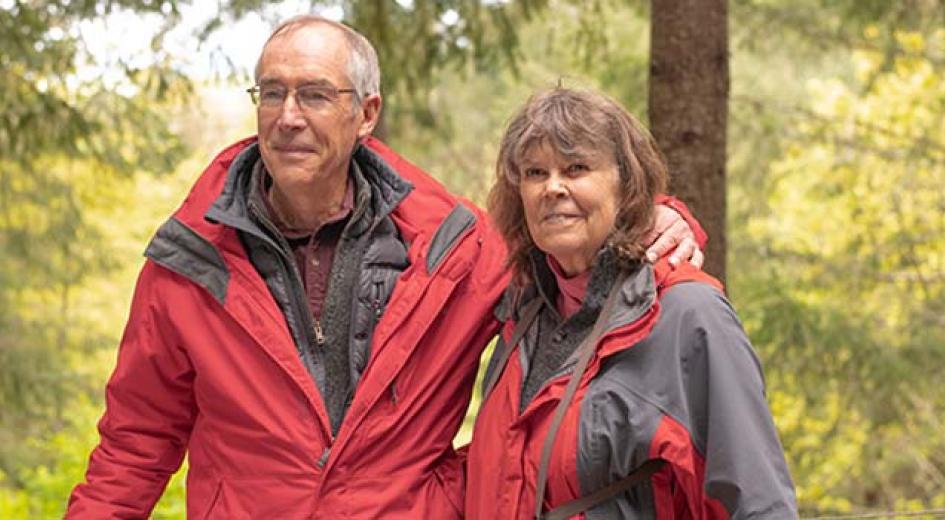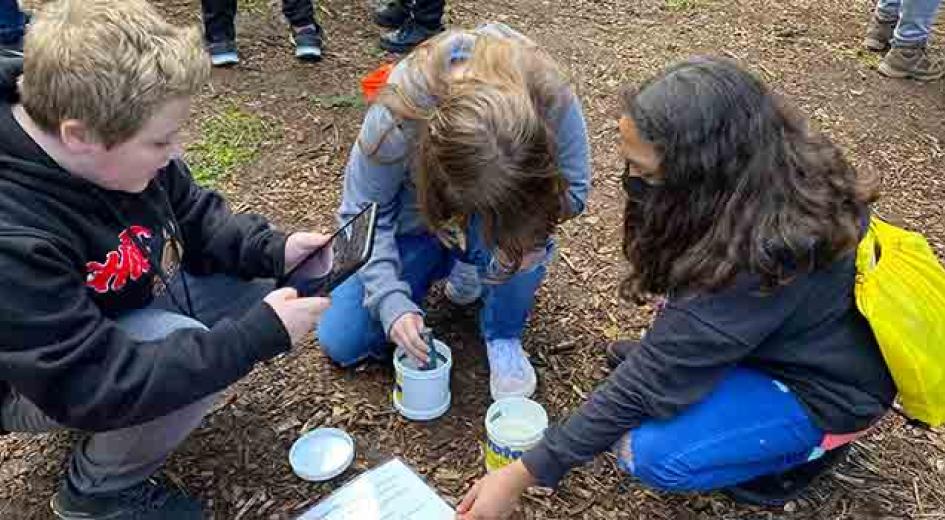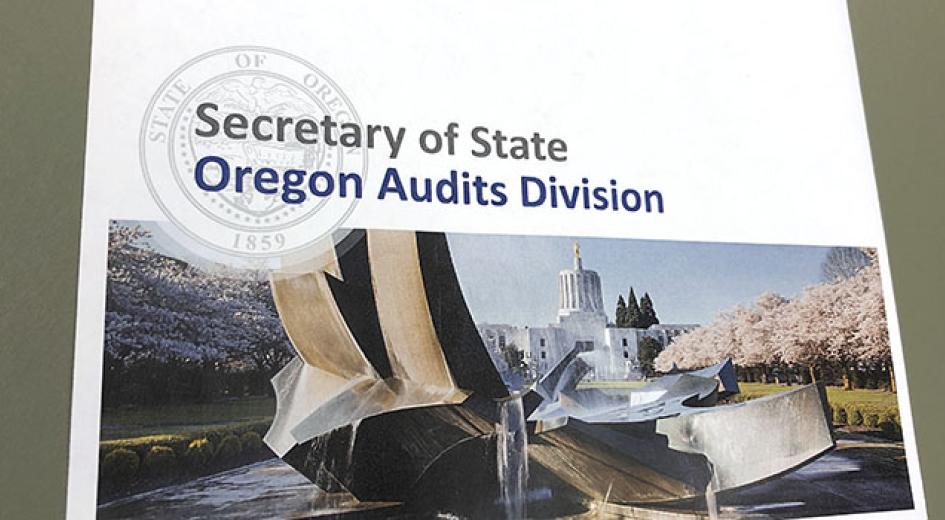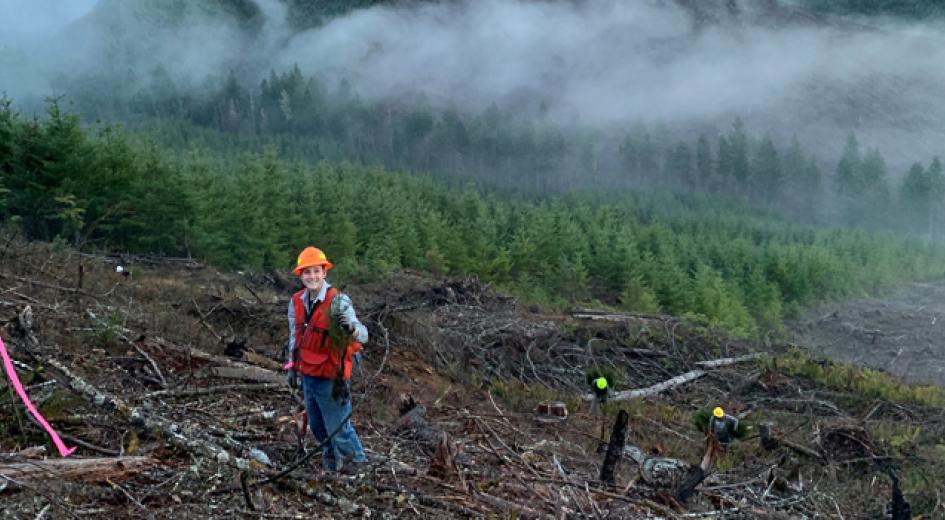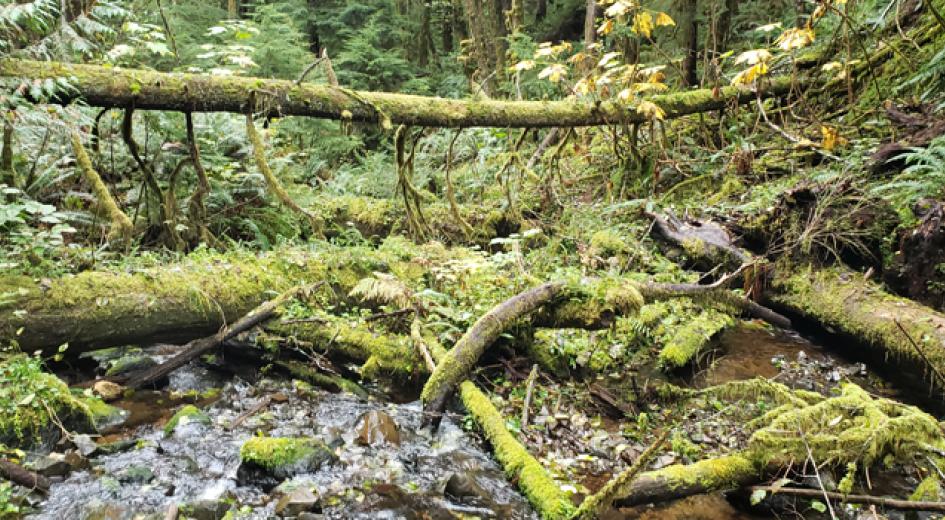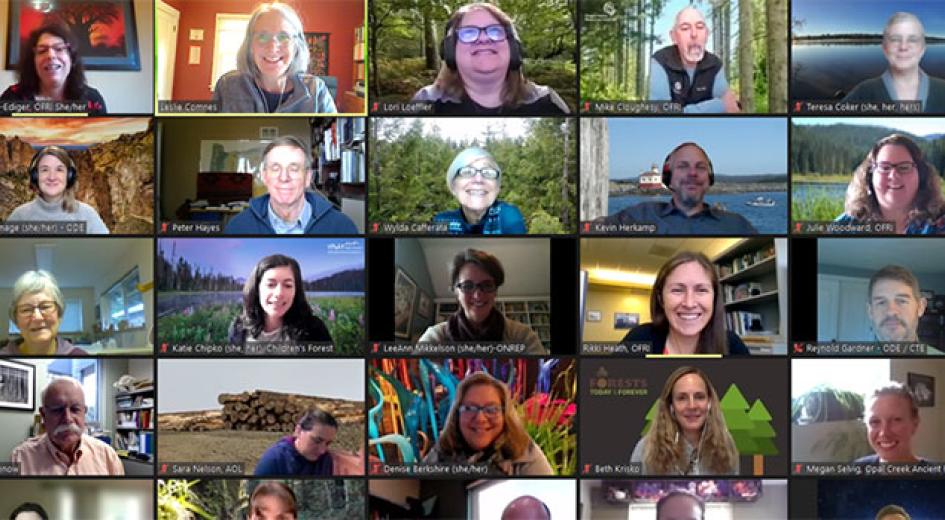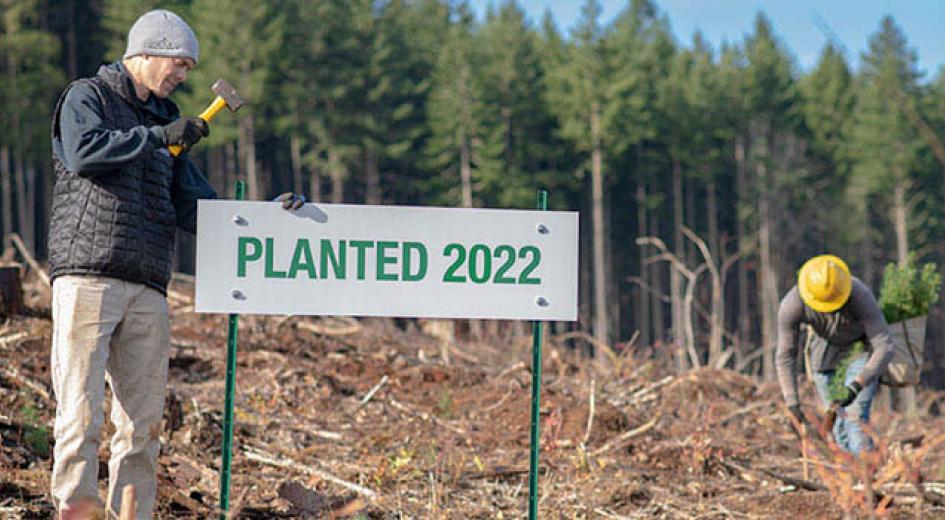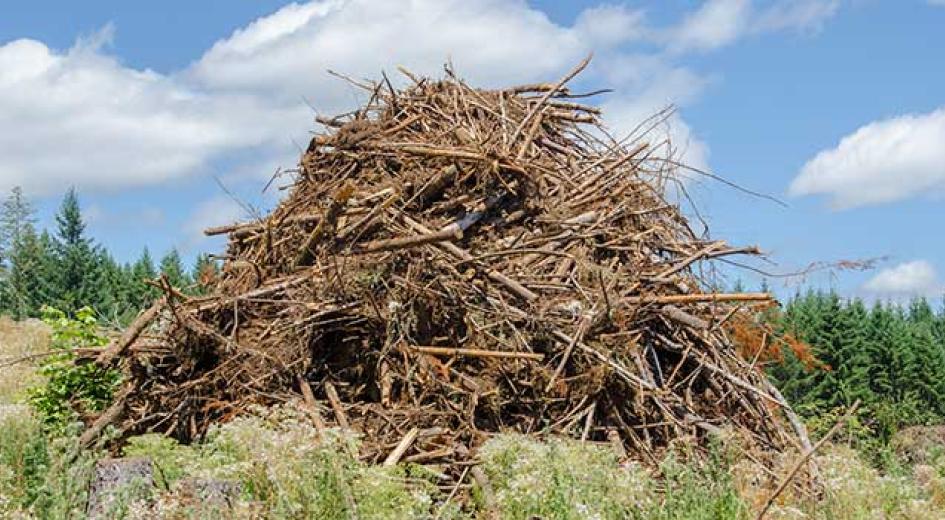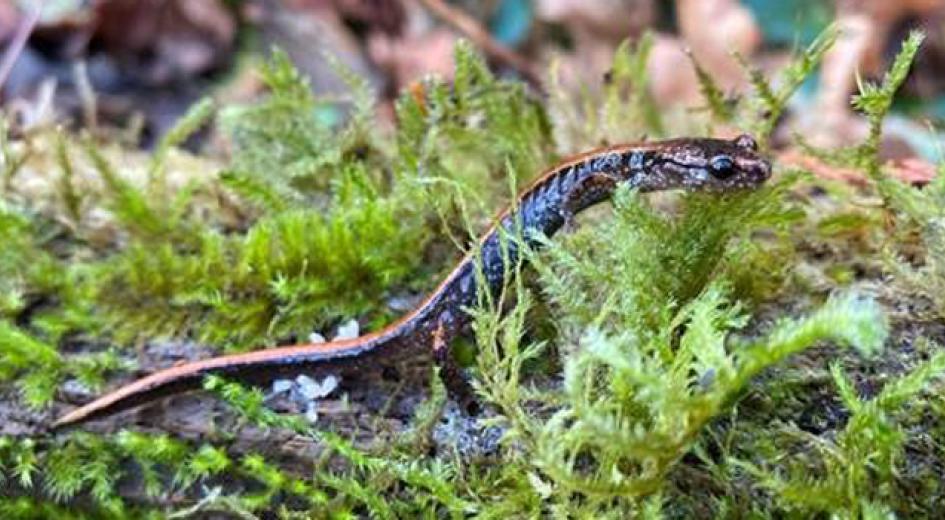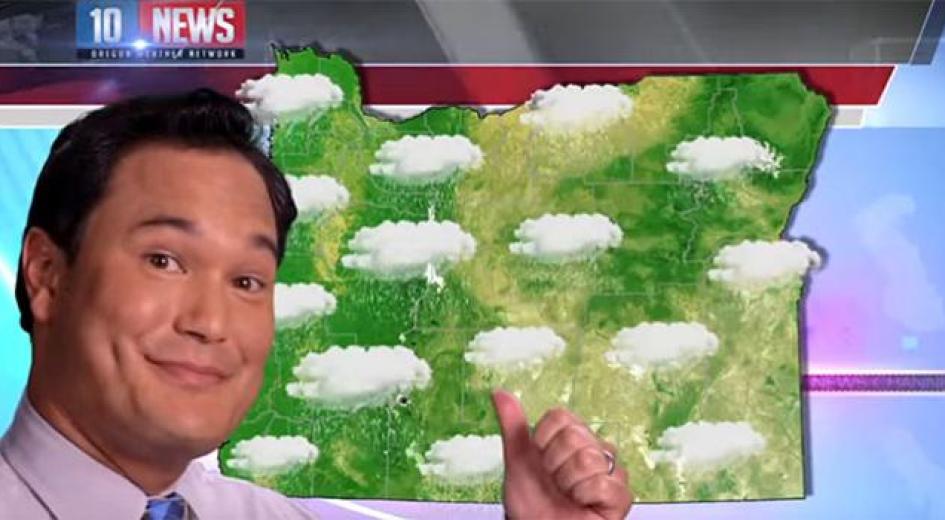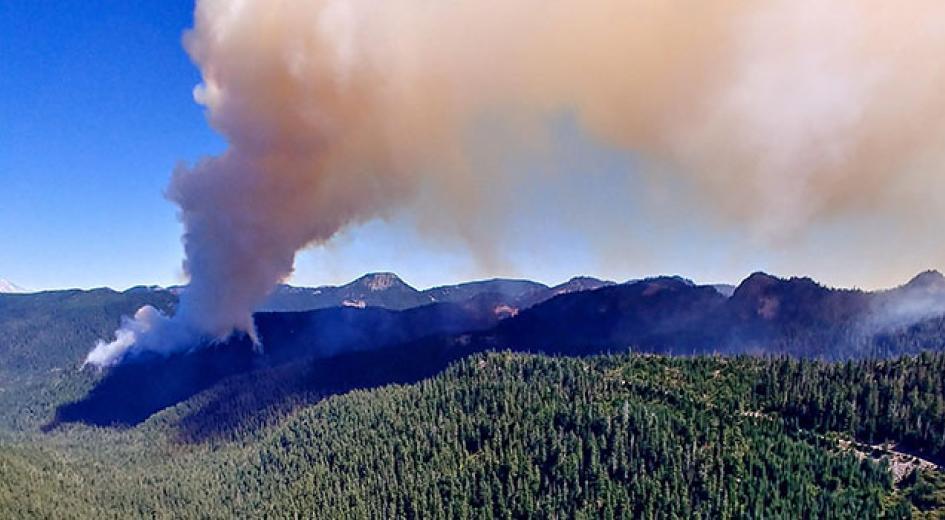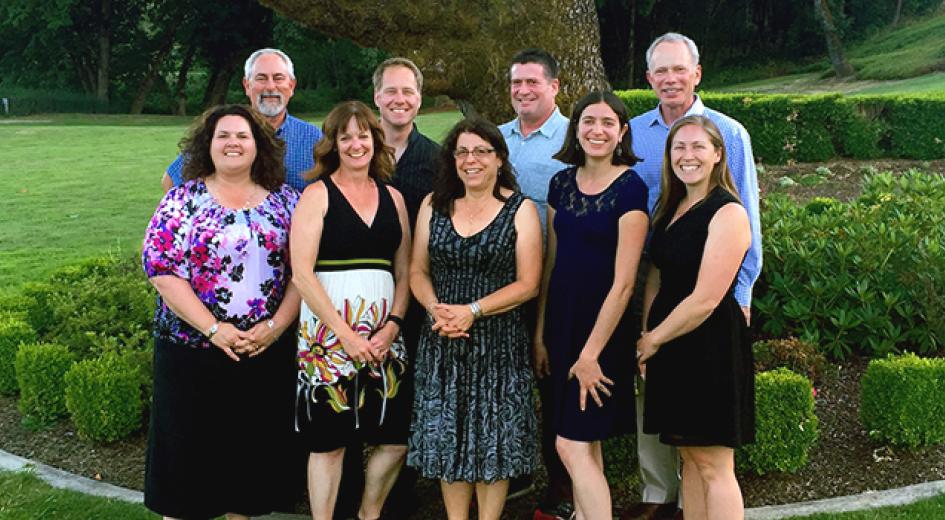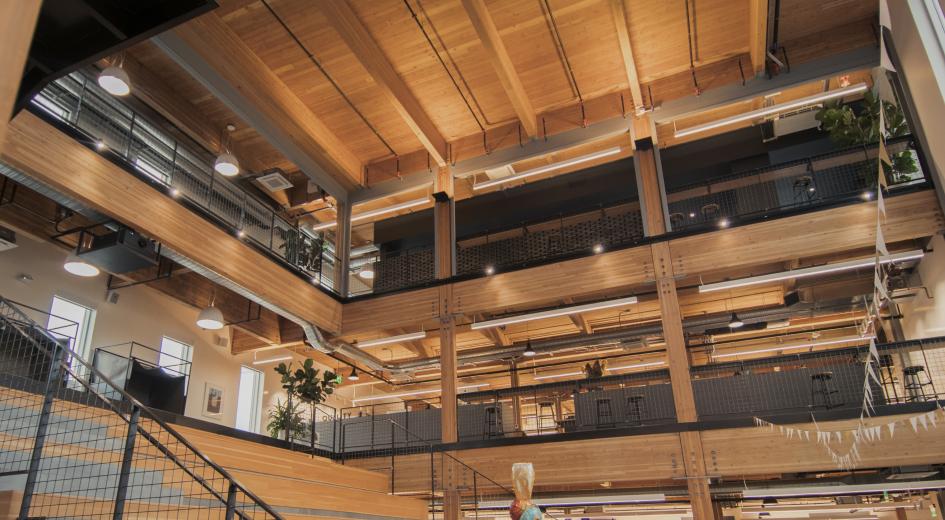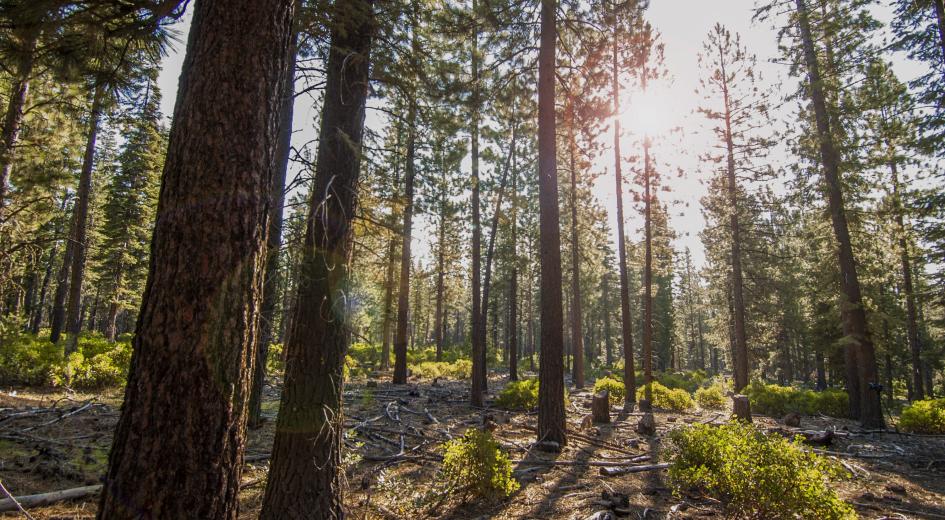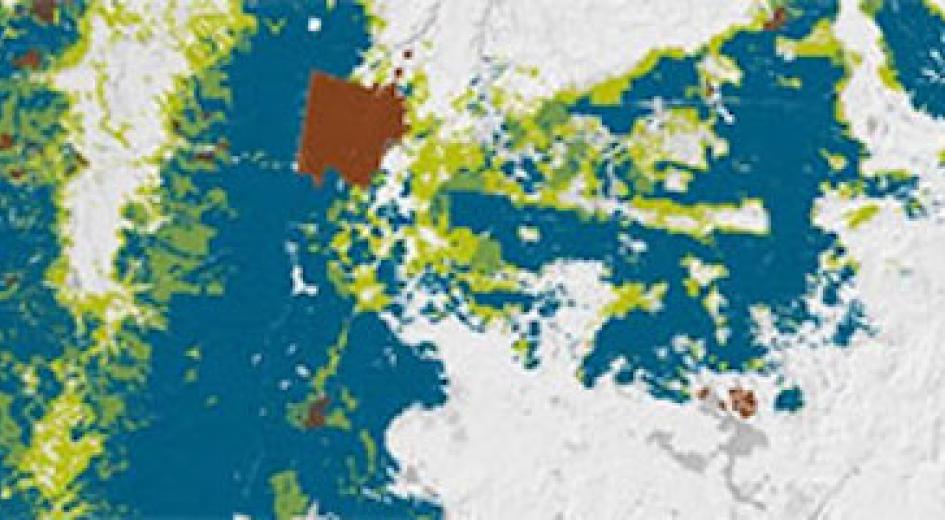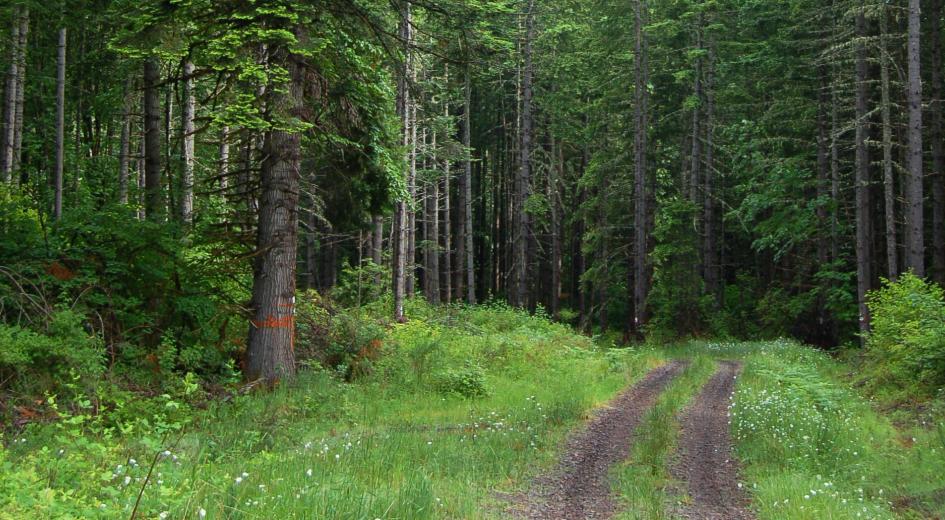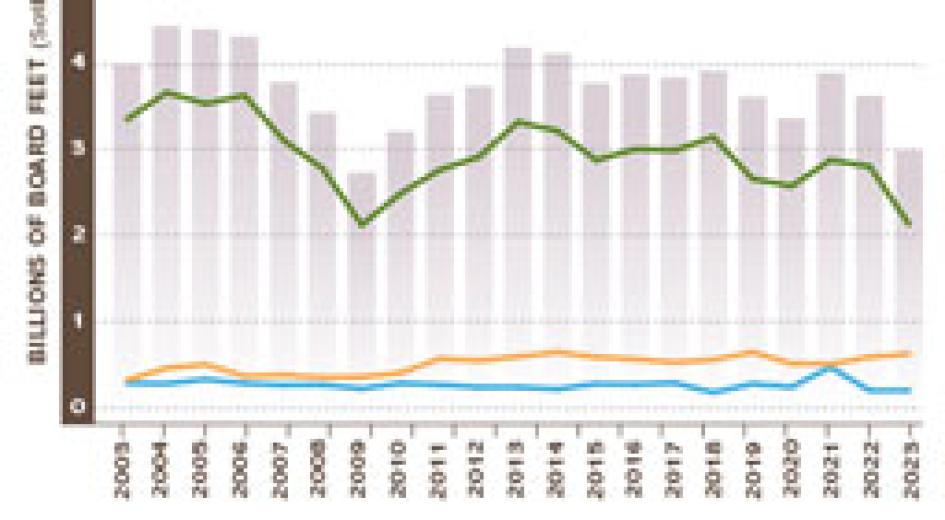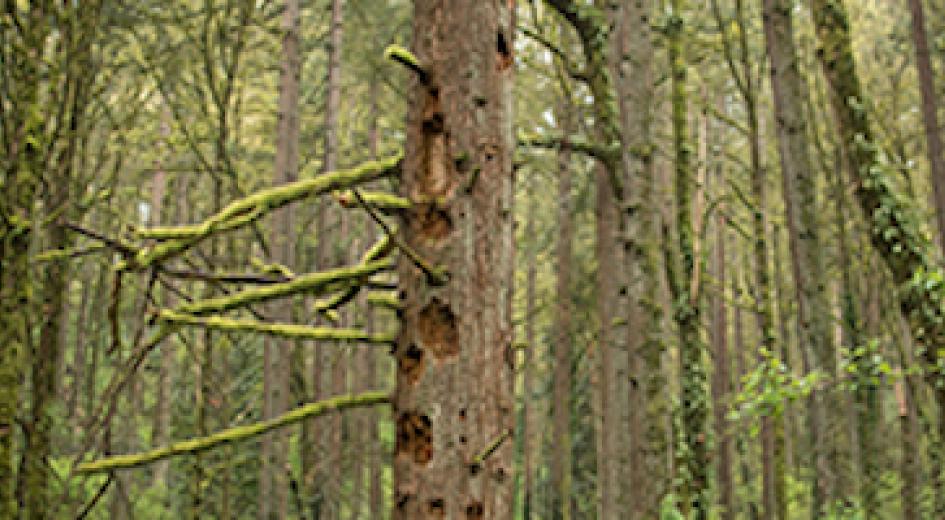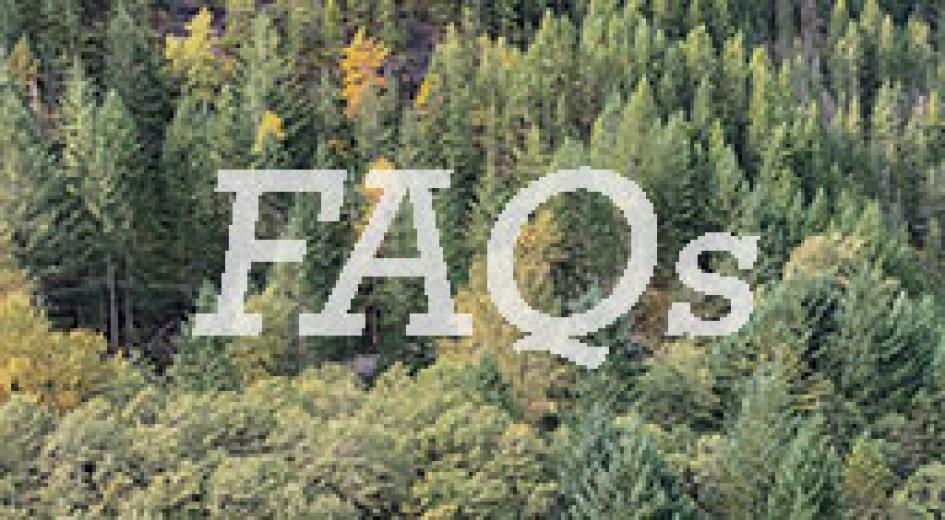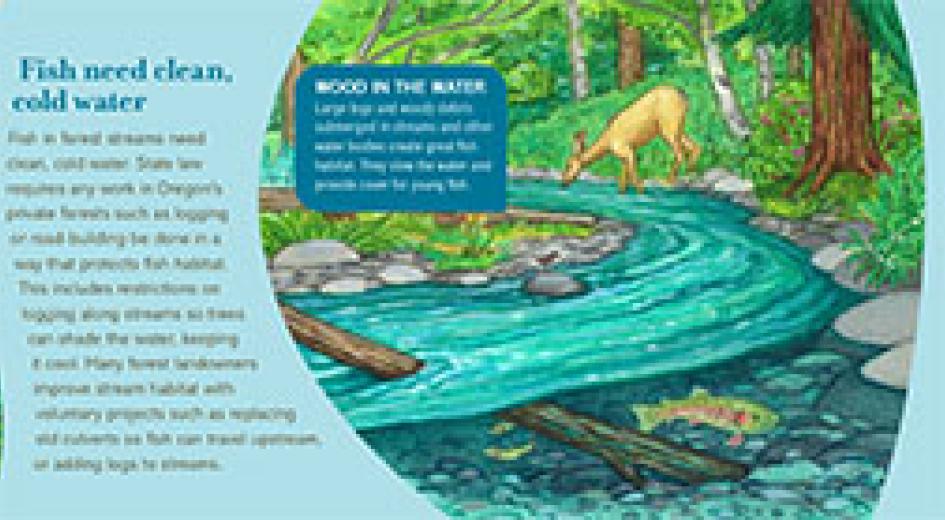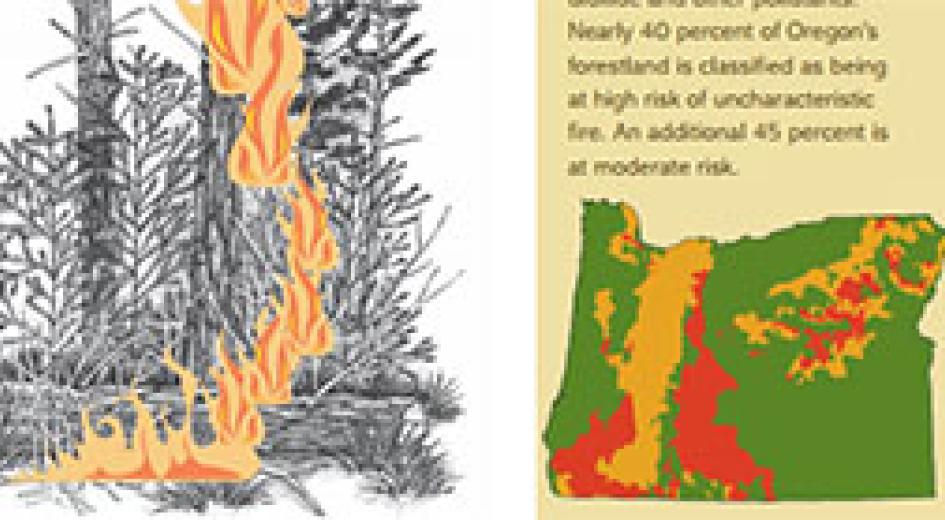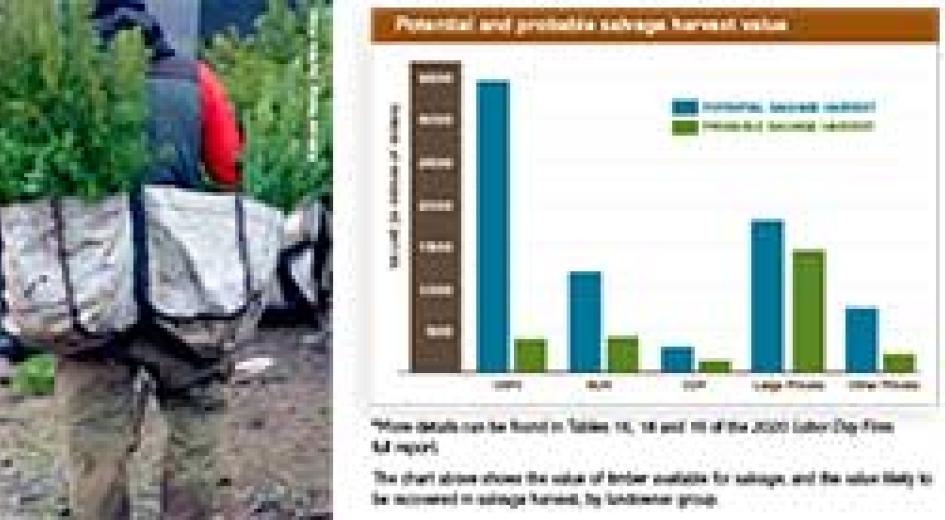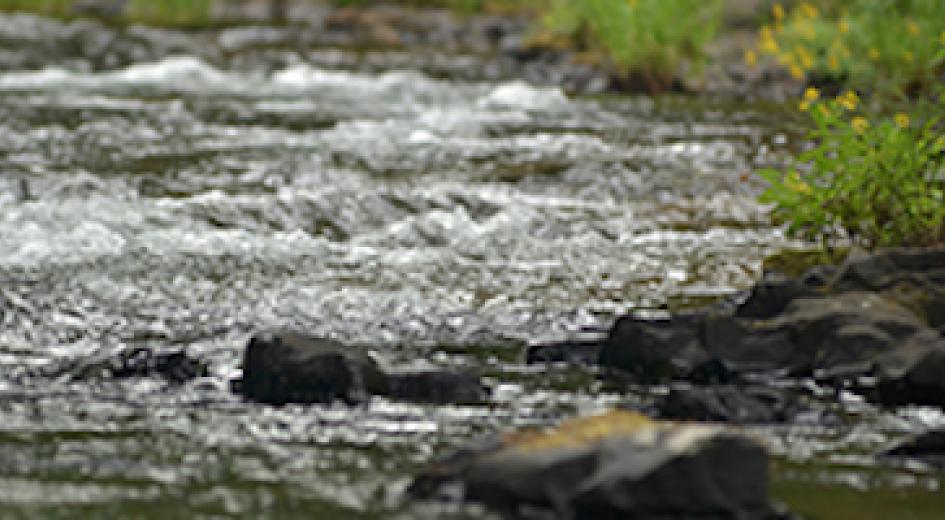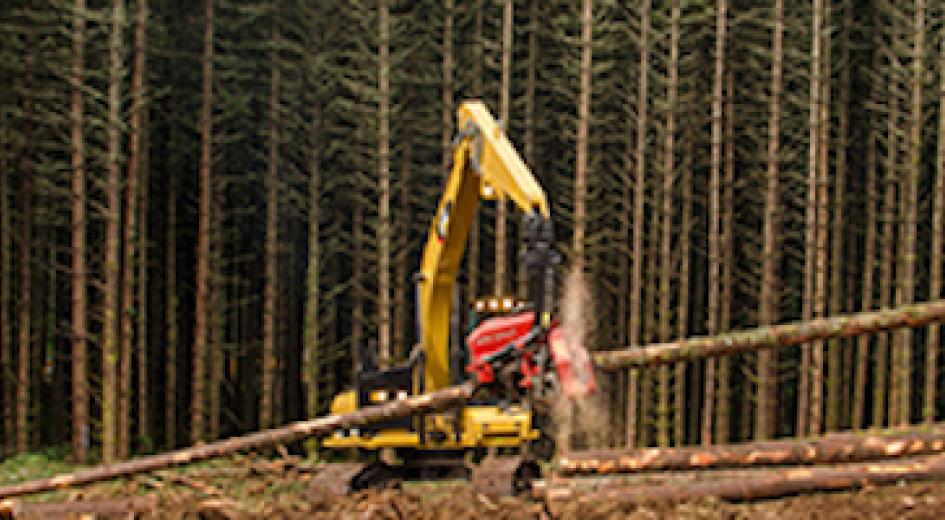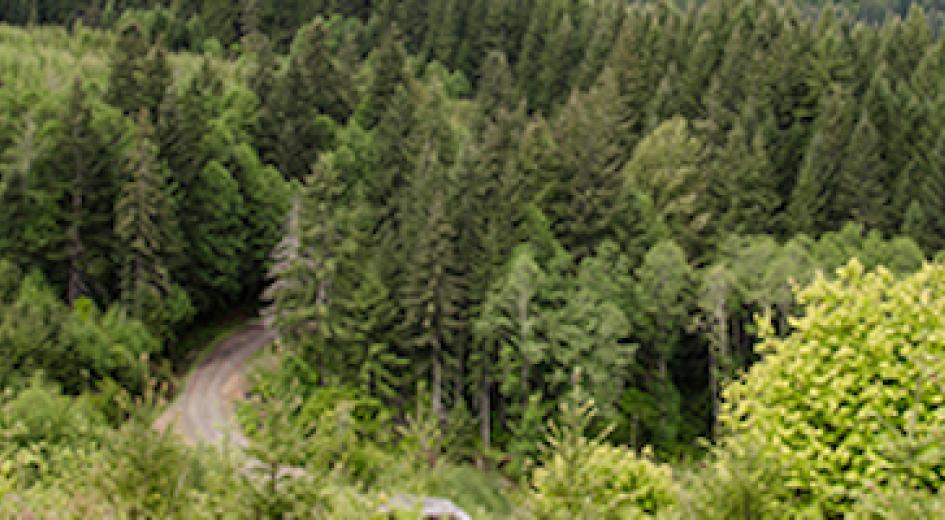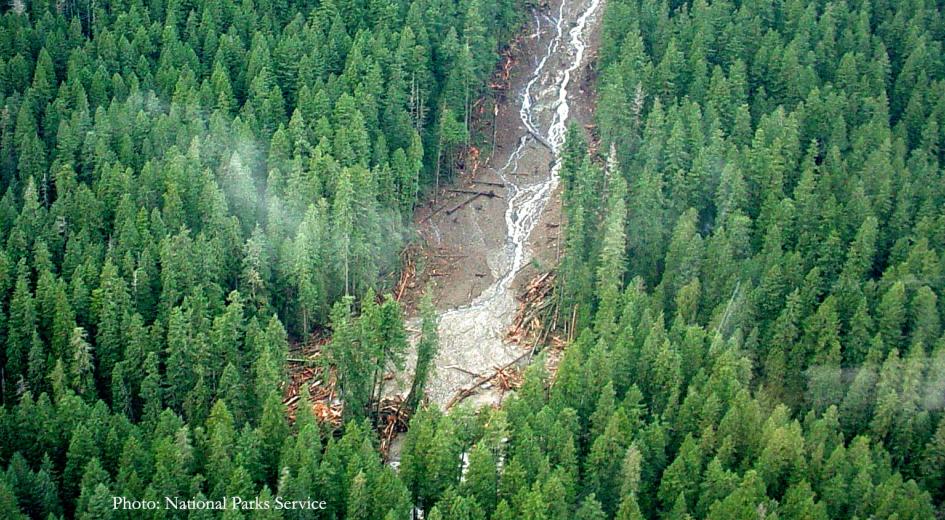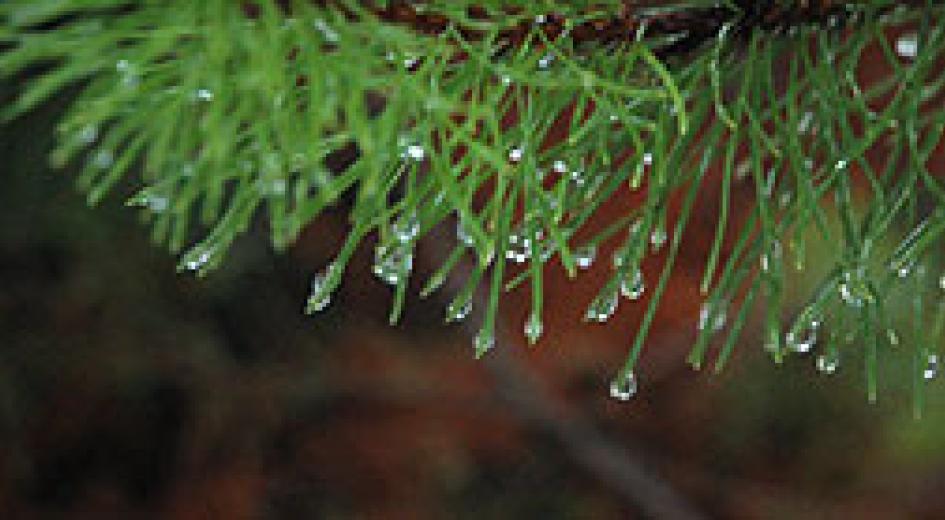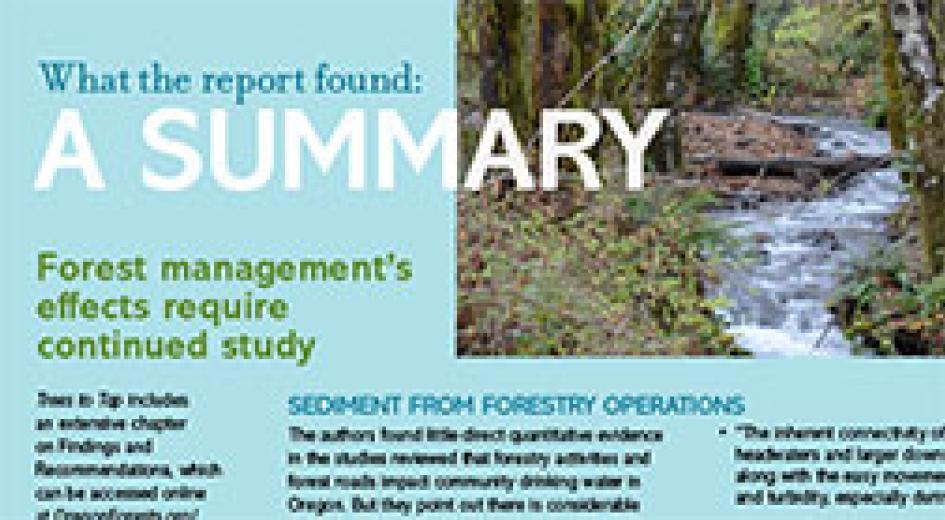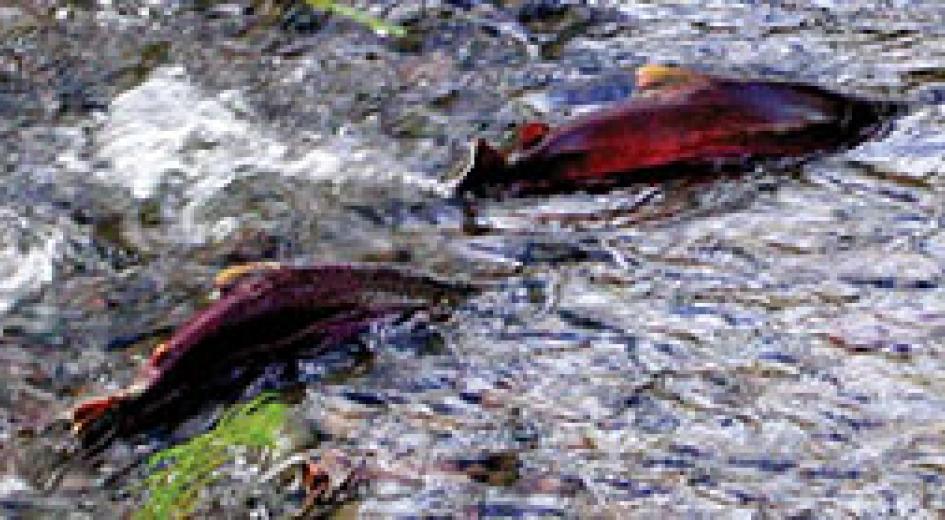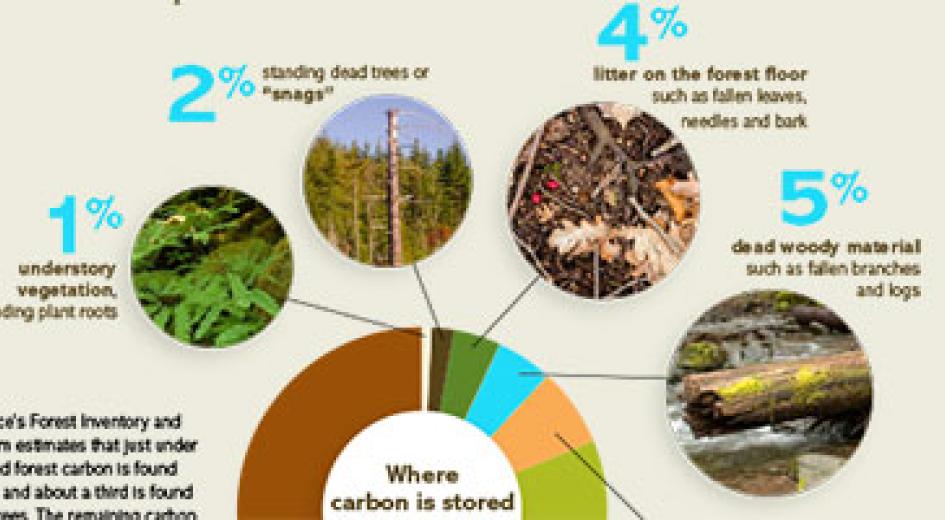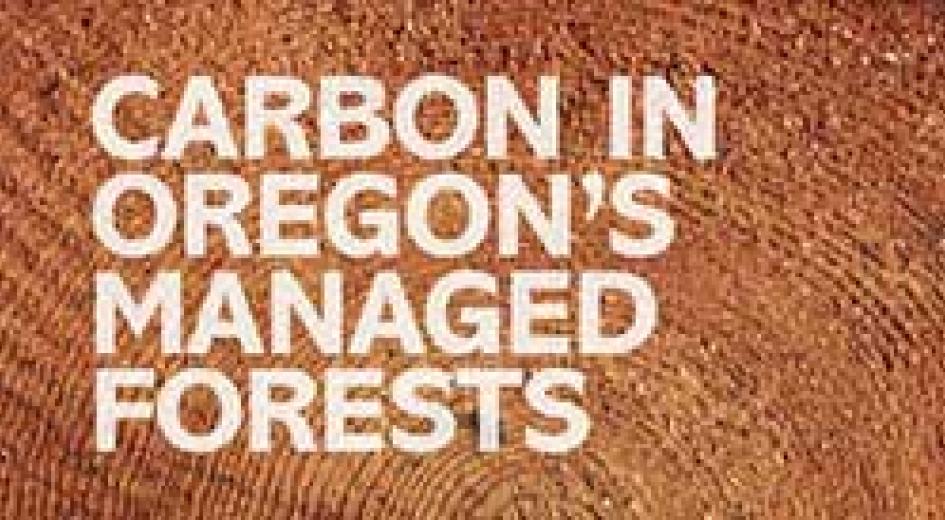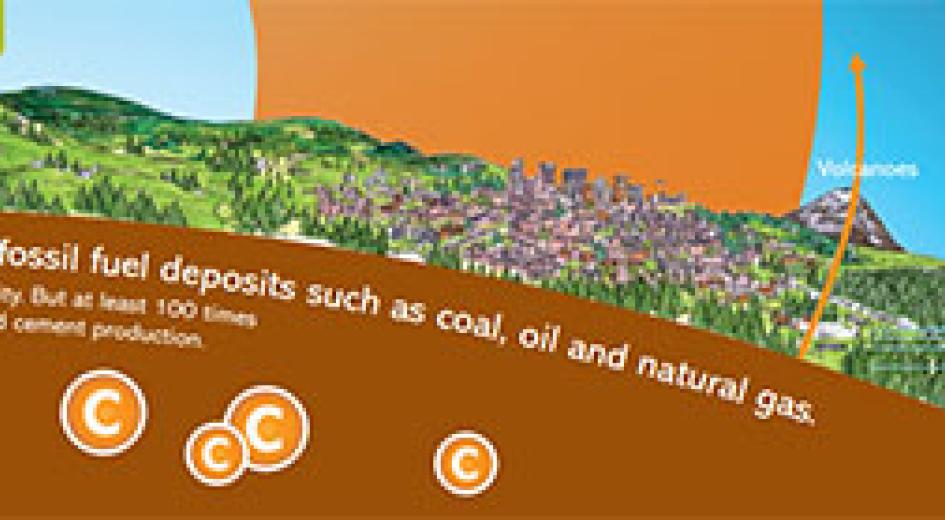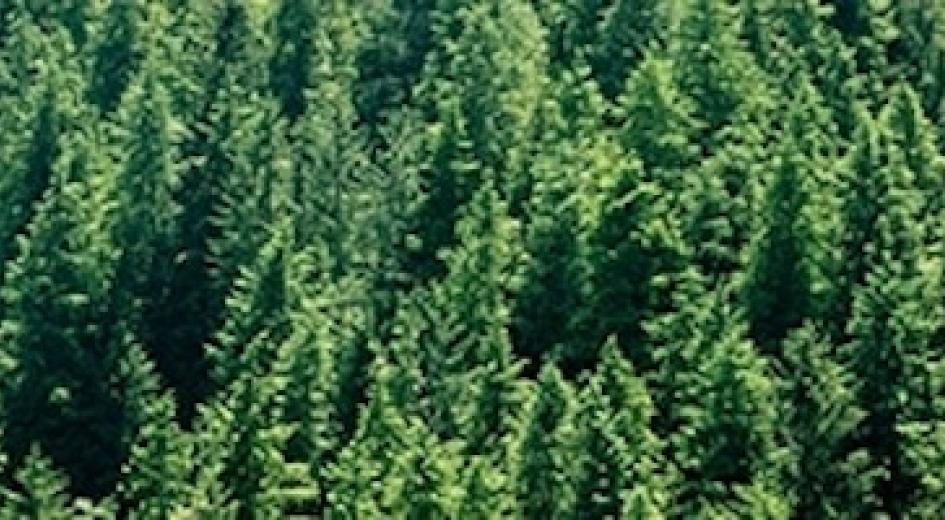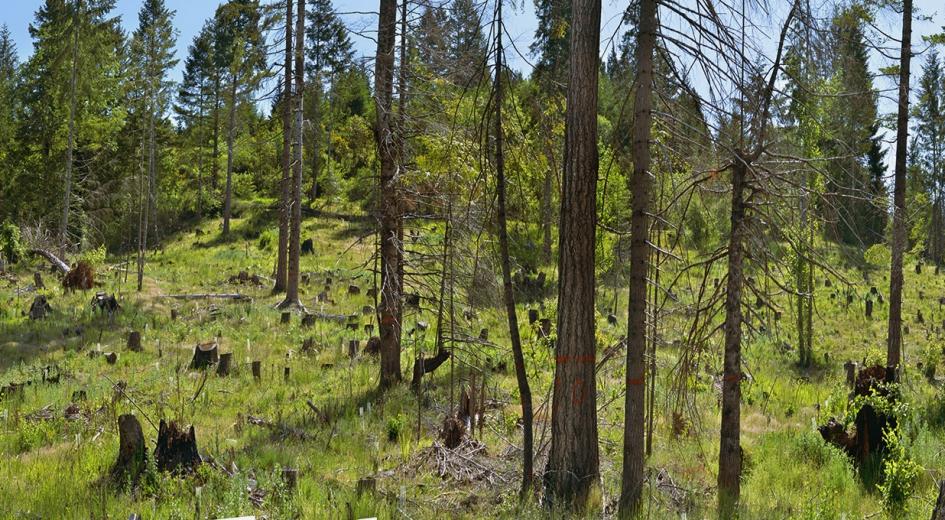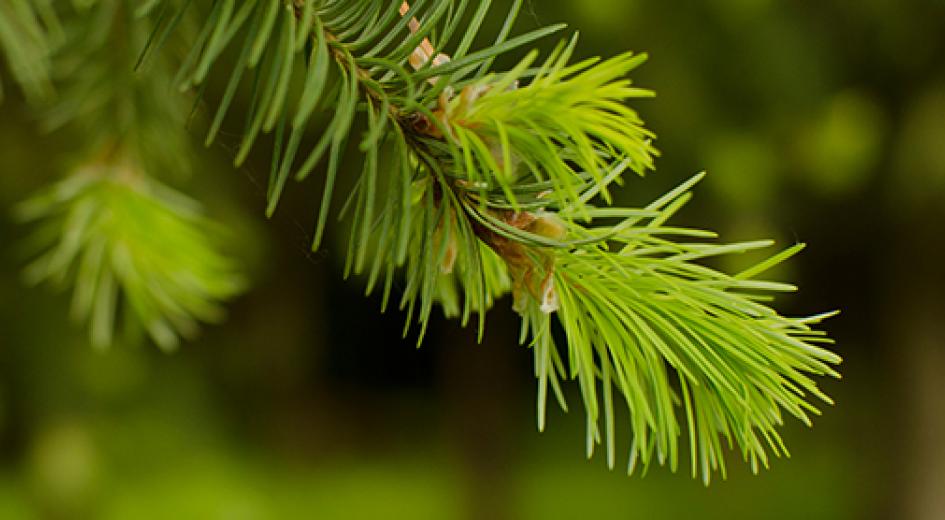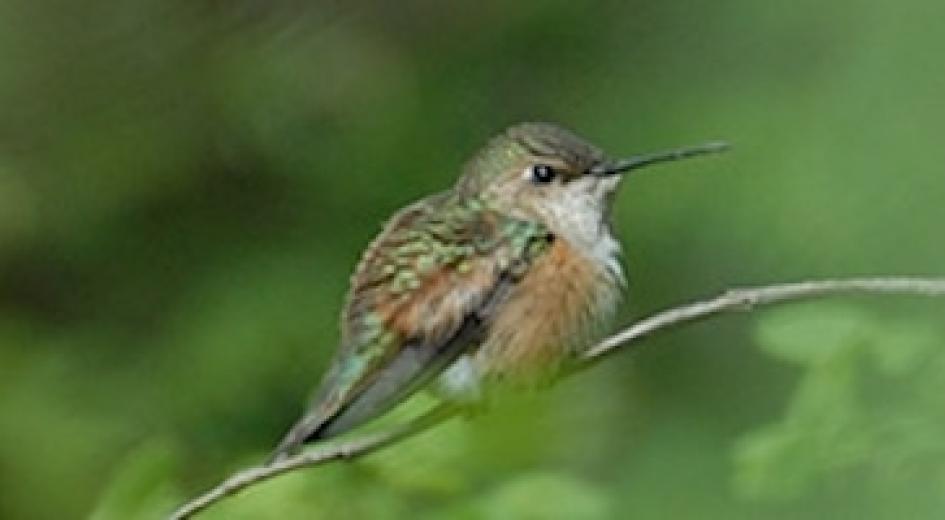Forest to Frame
With technological innovation expanding the possibilities for wood construction, more and more architects are specifying
Facts about Oregon’s forests
Every two years, the Oregon Forest Resources Institute compiles the latest data on Oregon’s forests into a detailed...
Forest Fact Break: Wood Products
This 90-second animated video looks at wood products. We use trees for all kinds of daily items. Some are pretty...
Forest Fact
Oregon is the leading plywood producer in the United States, with almost twice as much output as #2 Louisiana.

Forest Fact
OFRI receives no state general fund money. Its educational programs are funded by a dedicated portion of the forest products harvest tax.
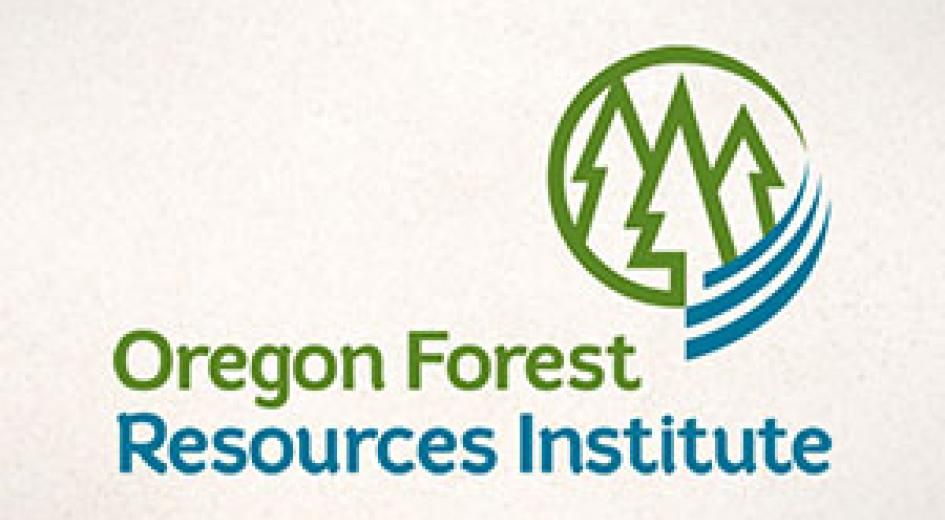
About the Oregon Forest Resources Institute
In 1991, the Oregon Legislature created the Oregon Forest Resources Institute (OFRI) to support and enhance Oregon’s forest products industry...
About the Oregon Forest Resources Institute
In 1991, the Oregon Legislature created the Oregon Forest Resources Institute (OFRI) to support and enhance Oregon’s forest products industry...
News & Social
OFRI actively engages with the public, K-12 educators and forest landowners to help them better understand topics related to forests, forest management and forest products.
Participate in the process
The Oregon Forest Resources Institute values public involvement and feedback on our educational programs and materials.
Facts about Oregon’s forests
Every two years, the Oregon Forest Resources Institute compiles the latest data on Oregon’s forests into a detailed...
Reforestation is Oregon law
Reforestation is the key to ensure that future generations enjoy a full range of forest values...
When is clearcutting the right choice?
A clearcut is an area of forestland where most of the standing trees are logged at the same time and a few trees...
A Day in the Woods: The Oregon Forest Practices Act
Join Mike Cloughesy and Nicole Strong as they discuss Oregon’s evolving forest ...
Forest Fact
Join the forestry conversation: Follow the Facebook, YouTube, X and LinkedIn links at the bottom of this page

Not So Clear-Cut
Some forest landowners grow timber for wood products. Others focus on wildlife habitat or fire resiliency...
Forest Harvest Methods: Restoration Thinning
Without regular fires, Oregon’s dry east-side forests have grown much thicker. The unnaturally dense forests that...
Forest Fact
Variable-retention harvest helps create a range of forest habitats that support a wider array of wildlife.
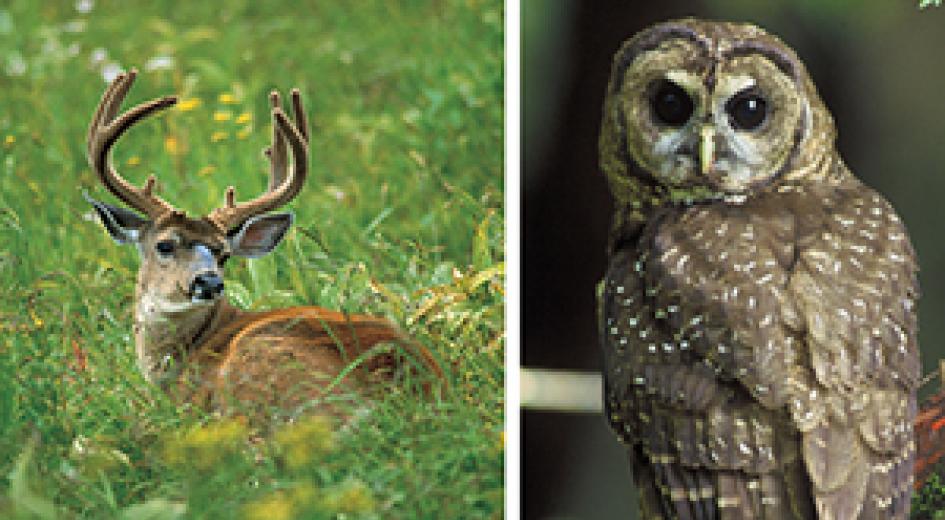
Sustainable forest management is key
The World Commission on Environment and Development defines sustainable development as “development that meets the...
Know your forests
Oregon is home to many different types of forests, with varying species of trees, plants and wildlife...
The many benefits of forests
While forests have great value to society by providing clean water, fresh air, carbon storage and timber, our forests...
Publication Library
OregonForests.org is a portal for information relating to the management of Oregon’s forests...
Forest Fact
You need a permit to collect or harvest any items from a state or federal forest.
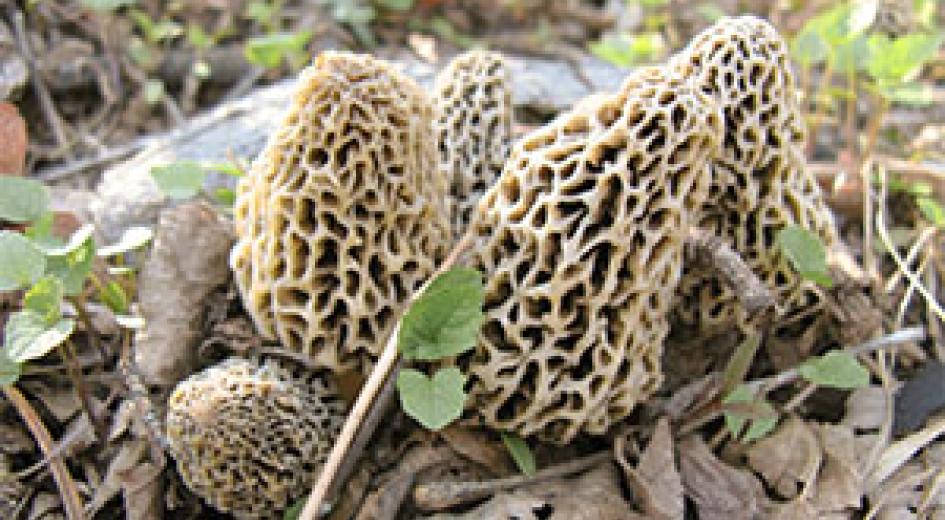
Generations of growth: The legacy of a family Christmas tree farm
NEW December 17, 2024The Smiths are part of a long tradition of family Christmas tree farming in Oregon. The state is the top U.S. producer of Christmas trees, many grown on family farms like theirs.
Social media intern joins the OFRI team
NEW October 28, 2024Hello! My name is Henry Thomas, and I am the new social media intern for the Oregon Forest Resources Institute (OFRI).
Reflecting on my social media intern experience
NEW August 05, 2024As my time working for OFRI sets like the summer sun, I am reminded of the incredible opportunities the agency provided me with through its social media and outreach internship.
The making of a manual
NEW May 20, 2024The much-anticipated fourth edition of Oregon’s Forest Protection Laws: An Illustrated Manual, which includes information about recent updates to state forest practice regulations, is finally here!
A decade of tree growth in just under two minutes
NEW April 12, 2024Every year, forest landowners plant millions of trees across Oregon. Most are planted to replace trees harvested to make wood products. Others are planted to help restore forestland burned in wildfires.
Supporting the next generation of natural resource professionals
August 23, 2023Excited, but unsure of what to expect, I boarded a plane on July 22 and traveled to New Brunswick, Canada, to represent Oregon at the NCF-Envirothon
Teacher workshop highlights fire education
August 24, 2022Arriving early at the fire station in Rogue River to set up for the FireBright Teacher Workshop, we were surprised (and a little nervous) to find the room occupied by personnel in white coats administering to a large number of people lying on beds
About the Oregon Forest Resources Institute
In 1991, the Oregon Legislature created the Oregon Forest Resources Institute (OFRI) to support and enhance Oregon’s forest products industry...
News & Social
OFRI actively engages with the public, K-12 educators and forest landowners to help them better understand topics related to forests, forest management and forest products.
Participate in the process
The Oregon Forest Resources Institute values public involvement and feedback on our educational programs and materials.
PAUL BETTS
Miami Alternatives, LLC,
Class 2; board chair
Class 2; board chair
DAN NEWTON
Newton Forestry LLC,
Class 1; board vice-chair
Class 1; board vice-chair
JENNIFER BEATHE
Starker Forests, Inc.
Class 2
Class 2
GORDON CULBERTSON
Whitewater Forests LLC,
Small Woodland Owner
Small Woodland Owner
DR. THOMAS DELUCA
Cheryl Ramberg-Ford and Allyn C. Ford Dean, Oregon State University College of Forestry
DR. KRISTOPHER ELLIOTT
Oregon State University Extension,
Public representative
Public representative
COURTNEY GRIESEL
Sierra Pacific Industries,
Class 3
Class 3
MIKE HICKS
IAM-AW District W24,
Employee Representative
Employee Representative
GARREN HITNER
Century Forest Management,
Class 1
Class 1
DANIELLA GIUSTINA
Giustina Land and Timber Co., Class 2
KRISTIN RASMUSSEN
Hampton Lumber & Family Forests,
Class 3
Class 3
ODF Liason
Oregon Department of Forestry Liaison
MADELEINE THOMPSON RUDOLPH
Thompson Tree Farm,
Class 1
Class 1
BRIAN TRENHOLM
Weyerhaeuser
Class 3
Class 3
Forest Threats: Severe Weather
Storms and severe weather can have lasting impacts on forest health, but active forest management often minimizes the...
Wood building revolution
Oregon is at the forefront of a growing movement in the U.S. to construct more commercial and multifamily building...
Forest Fact
Choosing wood for large buildings is a better environmental choice than steel or concrete. That’s because trees create wood using the power of the sun, and grab carbon out of the air. The carbon remains locked away long after it’s turned into wood.
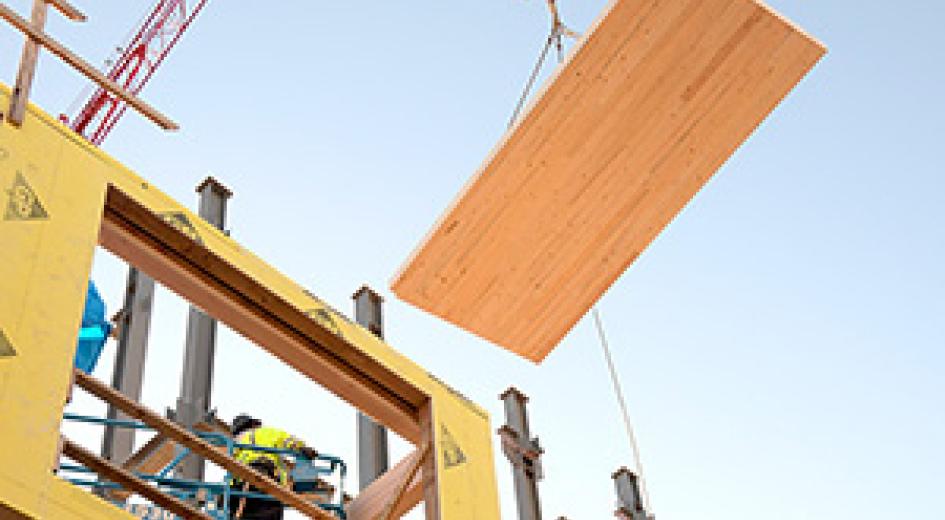
Forest Threats: Forest Fire
Fire can be a particularly destructive threat to Oregon’s forests, but active forest management can help lessen the...
Facts about Oregon’s forests
Every two years, the Oregon Forest Resources Institute compiles the latest data on Oregon’s forests into a detailed...
Thinning for forest health
An acre of land can only grow so many trees. One acre of fertile forestland may be able to sustain 500 small trees...
Forest Fact
Pine beetles introduce a fungus to vulnerable trees that turns the wood blue. Aesthetically, it’s distinct. Structurally, it is no different from the unstained pine wood.

Who owns the forests?
If you said that Oregon's forests belong to everyone, you‘d be 64 percent right. The general public owns most of Oregon‘s forests, which are held by the federal government or the state of Oregon.
The life of a working forest
Forest landowners and managers are hard at work every day in forests throughout the state...
Sustainable forest management is key
The World Commission on Environment and Development defines sustainable development as “development that meets the...
Forest Fact
Without the economic incentive to keep their forestland forested, small landowners face pressure to sell their land for other uses such as housing developments, resulting in a loss of many of the ecological values of that forest.

Oregon Garden Natural Resources Education Program
The Oregon Garden Natural Resources Education Program provides students in fourth through sixth grades a hands-on approa
K-12 Forest Education Opportunities
A directory of field sites and ongoing forestry programs for Oregon educators and their students.
Find Your Path
NEWThis 24-page publication looks at the wide range of employment opportunities available in Oregon’s forest...
Find Your Path: Field Forester
Joe Newton shows what it’s like to be a field forester. He spends most of his time outdoors, helping forest landowner...
Wildlife in Managed Forests: Deer and Elk
This publication addresses deer and elk population dynamics, herd productivity, nutritional needs, response to human...
Forest Fact
For more information about OFRI’s landowner education program, contact Director of Forestry Julie Woodward 503-807-1614 or woodward@ofri.org

Oregon Forest Facts 2025-26
NEWThis pocket-sized booklet serves as a detailed reference guide to Oregon’s forests and forest-based economy, including maps, graphs, statistics and more.
Reforestation is Oregon law
Reforestation is the key to ensure that future generations enjoy a full range of forest values...
Protecting wildlife habitat
Openings have always occurred in the forest. Historically they were created by wind or fire, and many animal species...
Forest Fact
Reforestation is Oregon law.

Sourcing from Sustainable Forests
This special report explores current forest practices in Oregon, for those choosing to use modern wood products in the built environment.
Reforestation is Oregon law
Reforestation is the key to ensure that future generations enjoy a full range of forest values...
Forest Sustainability FAQs
You've read Sourcing from Sustainable Forests, but still have more questions about forest sustainability?
Oregon's Forest Protection Laws: An Illustrated Manual 2025
NEWRevised Fourth Edition. Published in 2025. Includes Private Forest Accord updates.
Adventure Awaits
An illustrated pocket guide for visitors recreating on private and managed forestlands in Oregon...
Publication Library
OregonForests.org is a portal for information relating to the management of Oregon’s forests...
Fact Sheet: Fire
Why are some forest fires so intense? This one-page fact sheet explores the risks, causes and potential solutions to...
Forest Fact Break: Forest Fire
This 90-second animated video explains why forest fires have become so severe in the West, and how active forest...
2020 Labor Day Fires: Summary Report
A summary of the 2020 Labor Day Fires: Economic Impacts to Oregon’s Forest Sector – Full Report
State of Fire: Official Trailer
The ways Oregonians prevent, fight, manage and, to some degree, live with ...
Forest Fact
In the last 10 years, the acres of forestland burned in Oregon have been gradually trending upward.
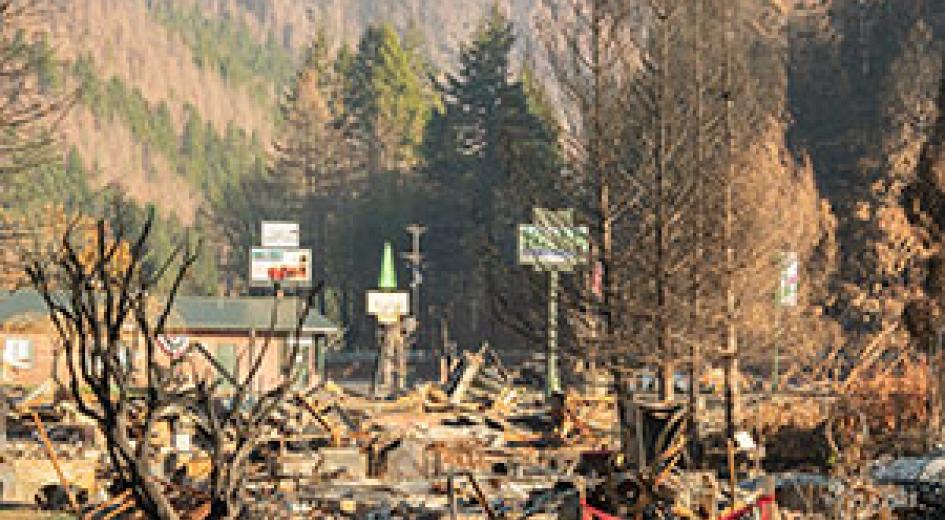
Reforestation is Oregon law
Reforestation is the key to ensure that future generations enjoy a full range of forest values...
Protecting water quality and fish habitat
Much of Oregon’s municipal water originates in forested watersheds, including those managed for wood production...
Protecting wildlife habitat
Openings have always occurred in the forest. Historically they were created by wind or fire, and many animal species...
Oregon's timber harvest regulations
In Oregon, private forest landowners, loggers and timber companies harvest trees in a variety of ways, but all must...
Thoughtfully constructed roads
Forest roads are essential for getting timber to the mill and for fighting wildfire.
Why are herbicides used in Oregon's forests?
Oregon is one of the best tree-growing regions in the world, but even our fast-growing, native species such as...
Reducing the risk of landslides
Sustained wet weather on steep slopes can make soils unstable, causing a landslide. In remote areas, the impacts of landslides are minimal, but when they occur near homes and roads, the results can be devastating. On one hand, landslides are a natural...
Keeping Drinking Water Safe
Summary report of an extensive review of forest watershed science and forest practices.
Trees to Tap: Findings and Recommendations
This PDF of the Trees to Tap findings and recommendations chapter summarizes the results of a scientific literature...
Trees to Tap: Study Summary
A one-page summary of the Trees to Tap research project as presented in the Keeping Drinking Water Safe report
Forest Fact
Forest landowners, together with the state of Oregon, have voluntarily restored fish habitat on more than 7,500 miles of streams in the last 20 years.
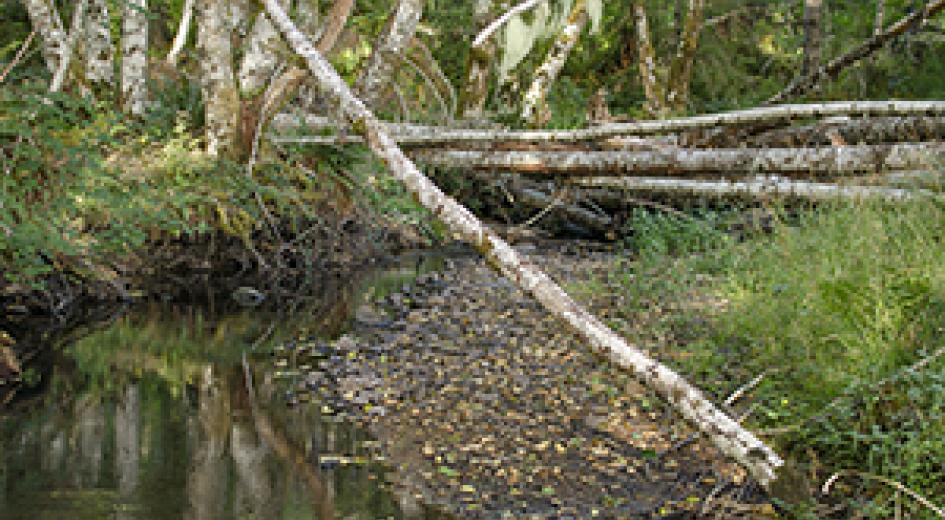
Facts about Oregon’s forests
Every two years, the Oregon Forest Resources Institute compiles the latest data on Oregon’s forests into a detailed...
Forest Fact Break: Wood Products
This 90-second animated video looks at wood products. We use trees for all kinds of daily items. Some are pretty...
Forest Fact
What has wood in it? You’d be surprised: toothpaste, crayons, ice cream, artificial bones and more!

Fact Sheet: Drinking Water
This one-page fact sheet explores the importance of a healthy forest to our municipal water supply. Part of OFRI’s...
The Oregon Way: Forests and Fish
Oregon’s unique, steady approach to preserving and improving habitat in forest streams is paying off for species such...
Protecting water quality and fish habitat
Much of Oregon’s municipal water originates in forested watersheds, including those managed for wood production...
A Day in the Woods: Drinking Water Protection
Join Mike Cloughesy and Nicole Strong as they describe how forest operators ...
Forest Fact
There are 365 million trillion gallons of water on Earth. Of that, less than 3% is fresh water. And of that fresh water, only a tiny fraction is available for us to drink.

Carbon in Oregon's Managed Forests: Summary Report
This special report synthesizes the latest science on carbon sequestration and storage in Oregon’s working forests.
Carbon in Oregon’s Managed Forests – Science Review
Carbon in Oregon's Managed Forests - full science report
Where's all the Carbon?
This classroom poster illustrates the role of forests and wood products in the carbon cycle. The poster shows the...
Photosynthesis in the forest
Photosynthesis is a natural process by which trees and plants use energy from the sun and carbon dioxide from the air to...
Forest Fact
Because wood stores carbon, the extensive use of mass timber products to construct the eight-story Carbon12 condominium building in Portland, Ore. will offset 577 metric tons of carbon dioxide emissions from going into the atmosphere.

When is clearcutting the right choice?
A clearcut is an area of forestland where most of the standing trees are logged at the same time and a few trees...
Balancing competing objectives on public forests
On some public forests in Oregon, forest managers are using a timber harvest method called variable-retention harvest...
Thinning for forest health
An acre of land can only grow so many trees. One acre of fertile forestland may be able to sustain 500 small trees...
Forest Harvest Methods: Restoration Thinning
Without regular fires, Oregon’s dry east-side forests have grown much thicker. The unnaturally dense forests that...
Forest Harvest Methods: Variable-Retention Harvest
Variable-retention harvesting is being used by the Bureau of Land Management in southwestern Oregon to find a balance...
Forest Harvest Methods: Clearcutting
Clearcutting is a timber harvesting practice where most of the trees in a given area are harvested at the same time...
Forest Fact
Oregon forest landowners typically plant three trees for every tree harvested.
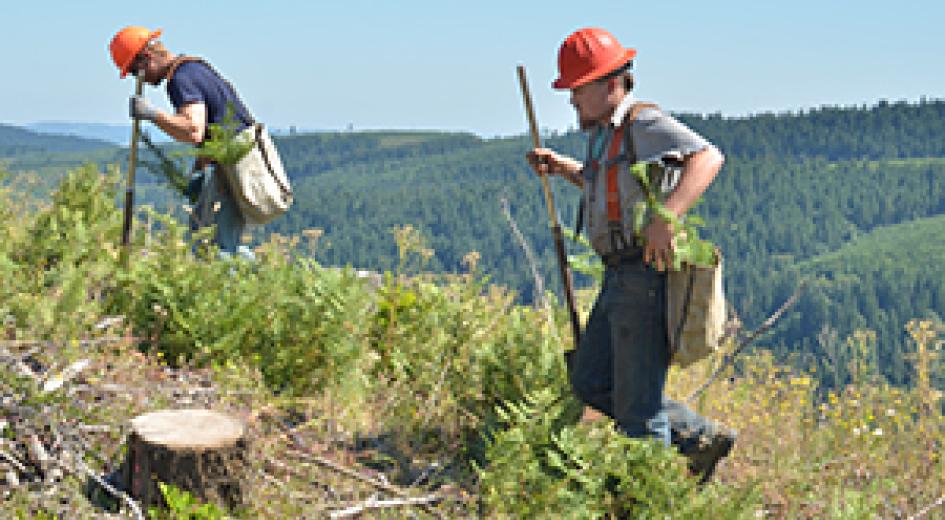
Know your forests
Oregon is home to many different types of forests, with varying species of trees, plants and wildlife...
Sustainable forest management is key
The World Commission on Environment and Development defines sustainable development as “development that meets the...
About the Oregon Forest Resources Institute
In 1991, the Oregon Legislature created the Oregon Forest Resources Institute (OFRI) to support and enhance Oregon’s forest products industry...
Forest Fact
Total forestland in Oregon – both publicly and privately owned – has held steady at about 30 million acres for more than 60 years.
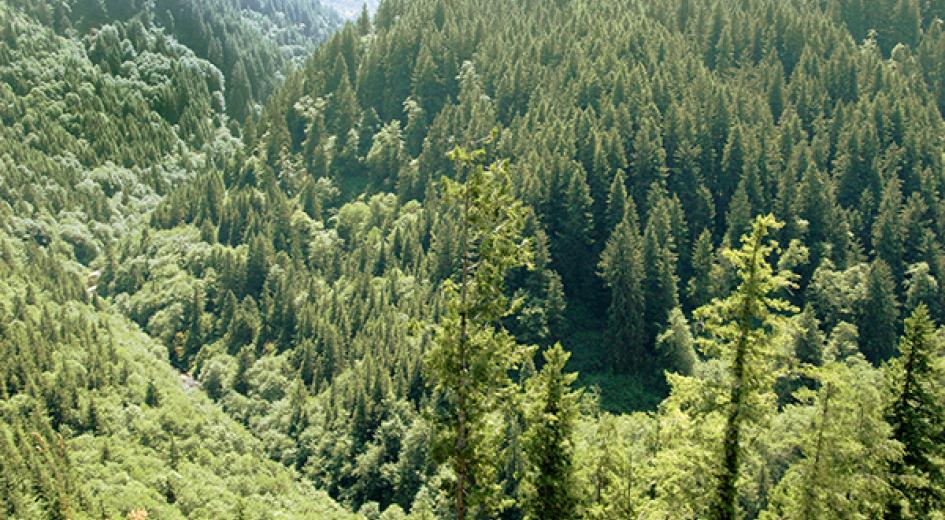
Who owns the forests?
If you said that Oregon's forests belong to everyone, you‘d be 64 percent right. The general public owns most of Oregon‘s forests, which are held by the federal government or the state of Oregon.
Trees of Oregon’s forests
Traveling across the state, you would soon discover that Oregon is home to a wide range of trees. There are 30 native.
Reforestation is Oregon law
Reforestation is the key to ensure that future generations enjoy a full range of forest values...
Wildlife of Oregon’s forests
Oregon’s forests are home to an array of wildlife. This interactive guide provides a snapshot of the variety of...

